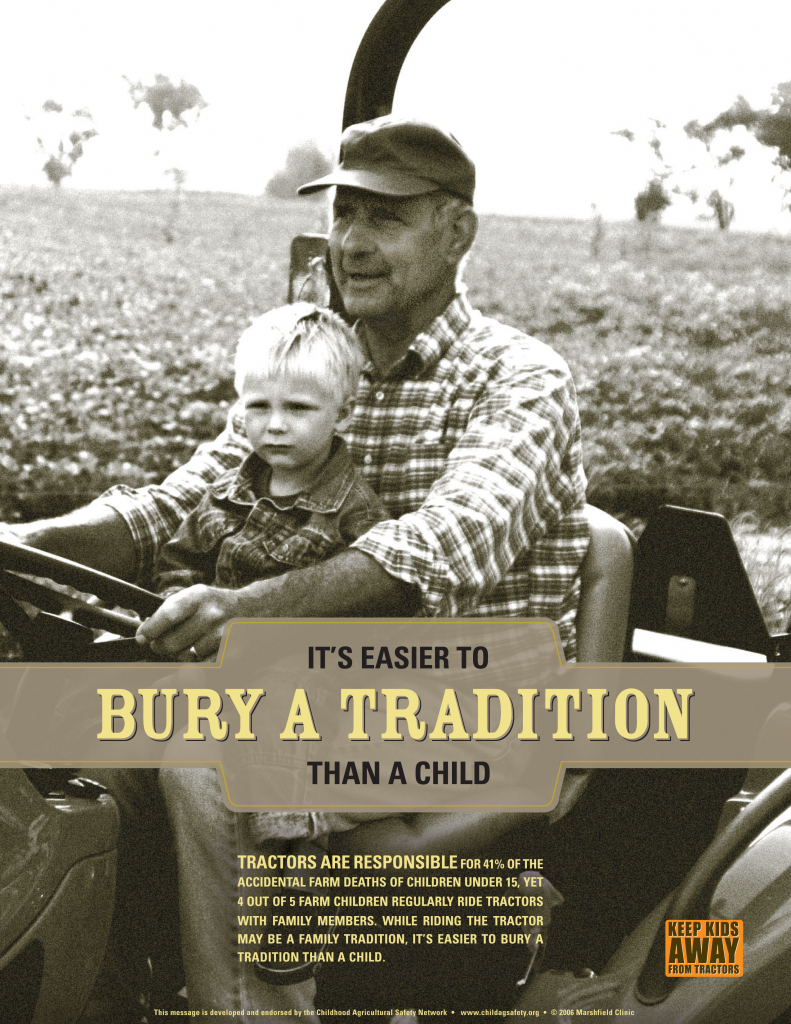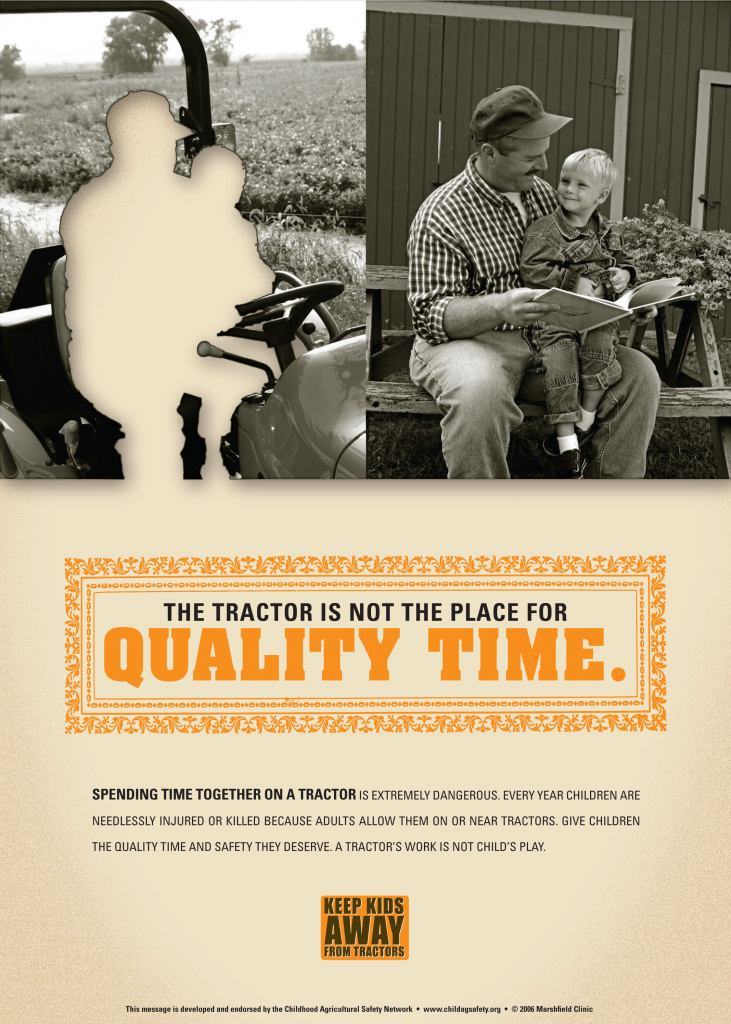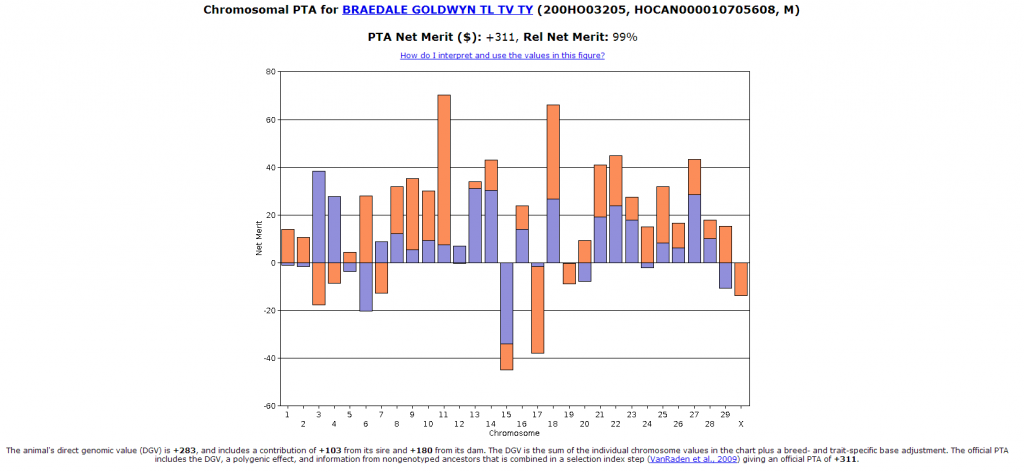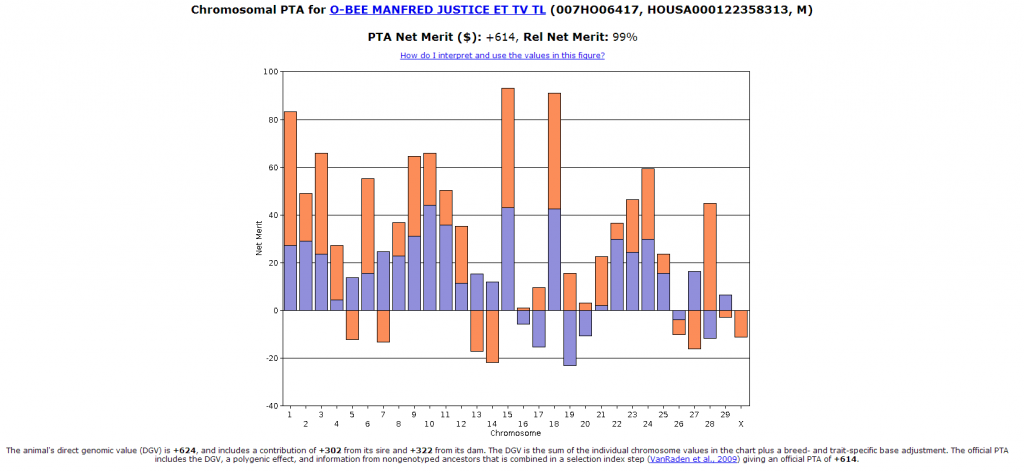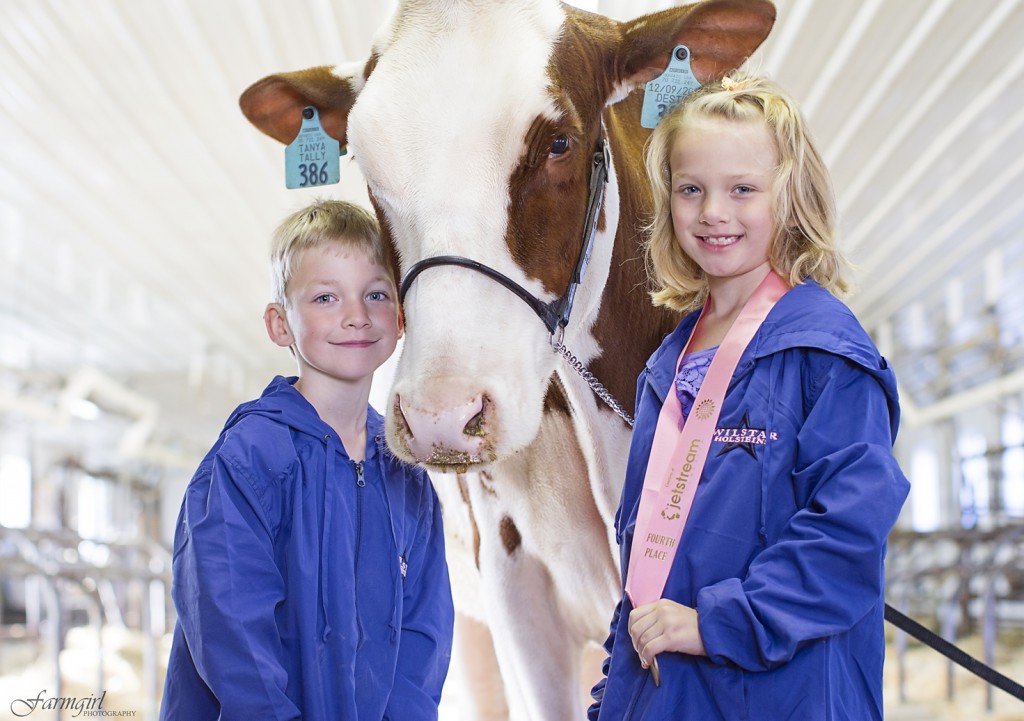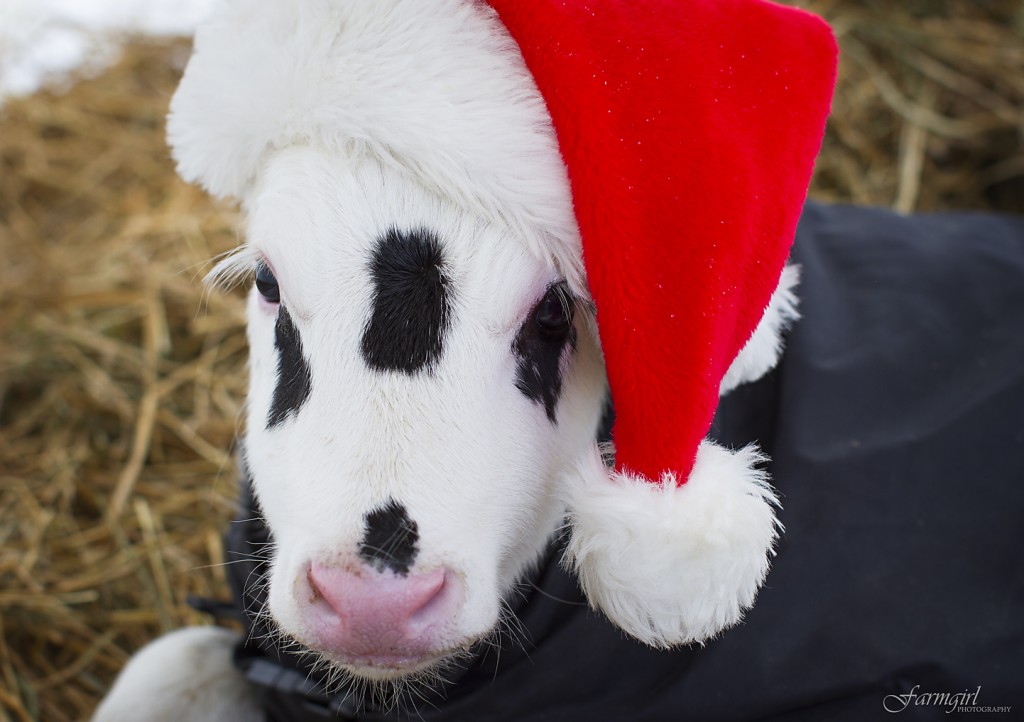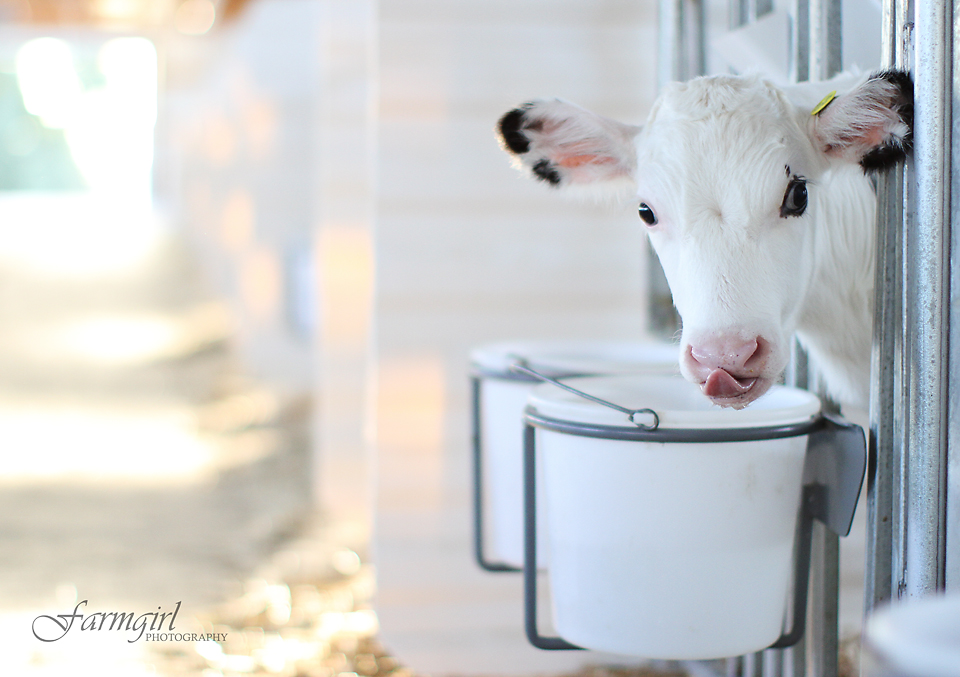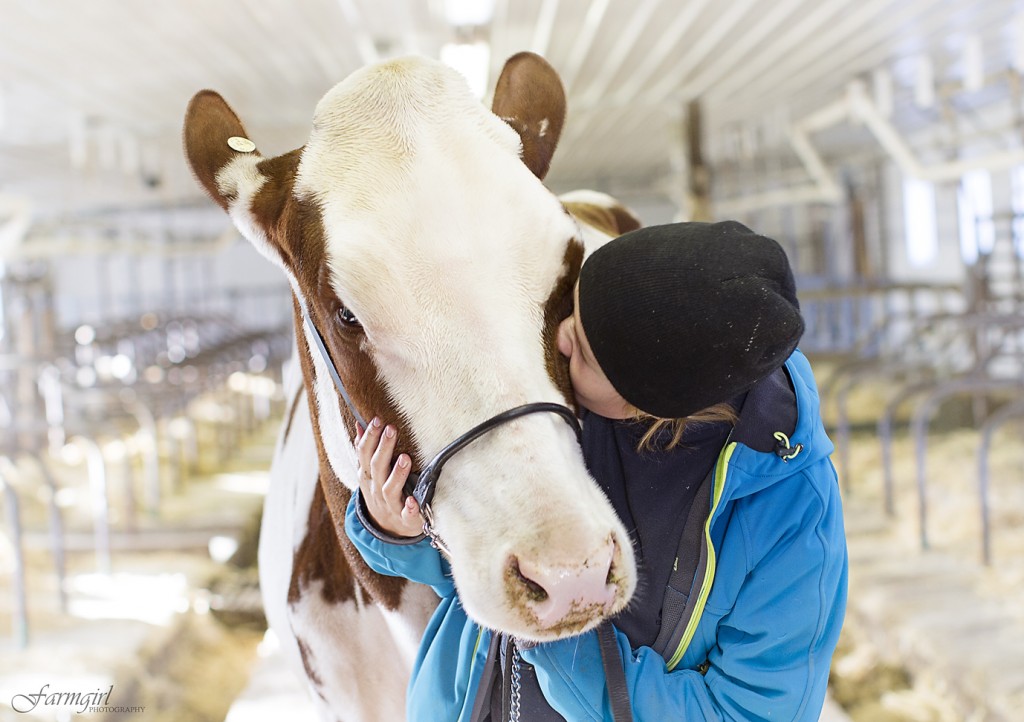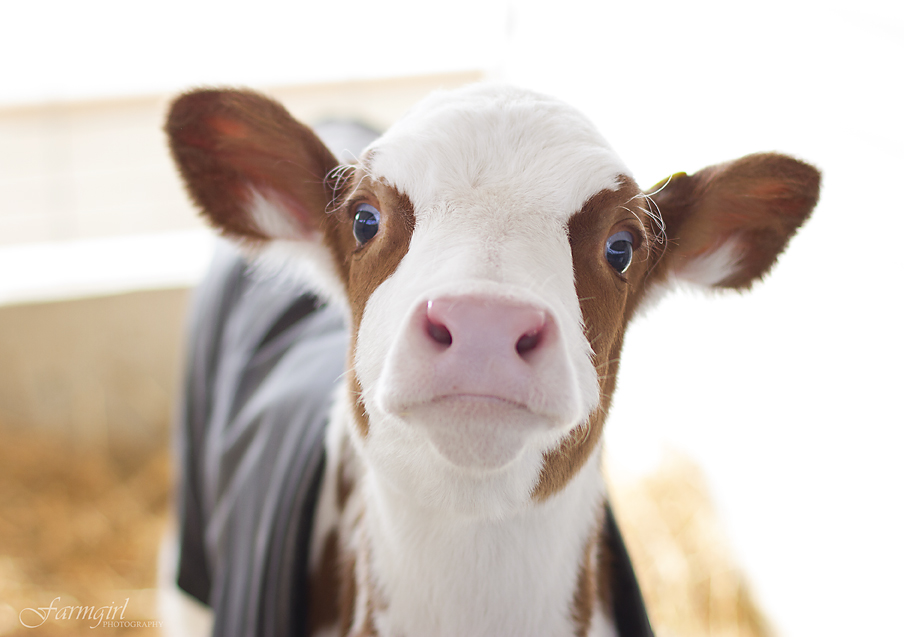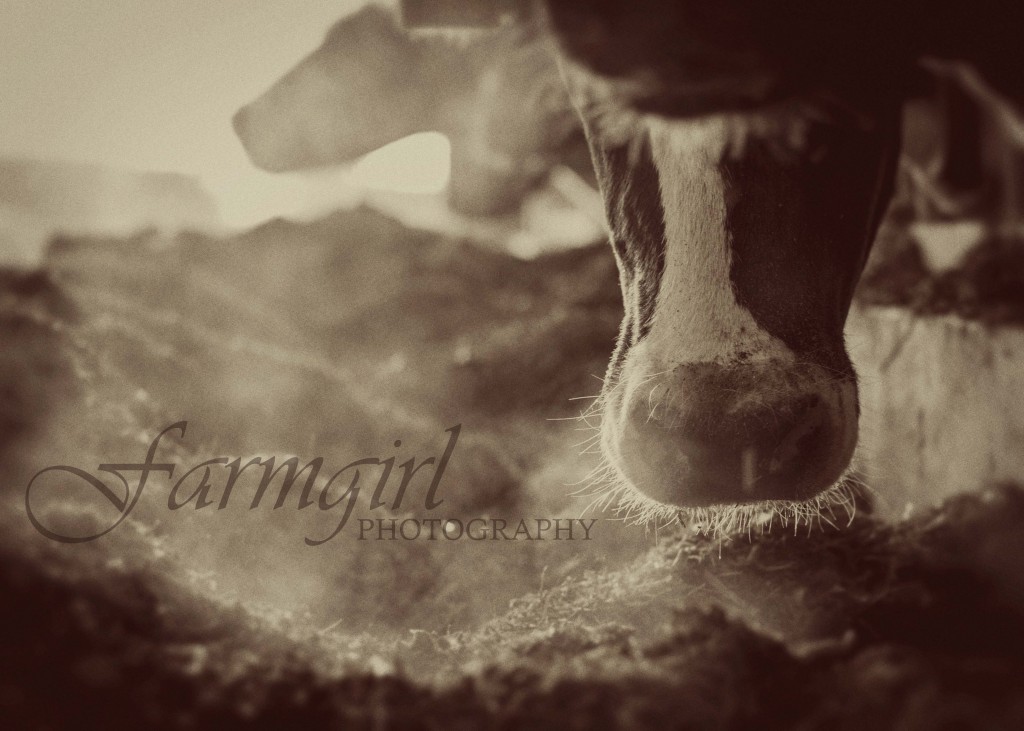For cattle photographer Christine Massfeller timing is everything. As a young child, the timing was right for visits with her mother to a nearby dairy farm. Next good timing provided her with the perfect mentor. The timing was also right when a creative idea blossomed and the right subjects and the right team came together at the right time. It shouldn’t be surprising then to learn that Christine Massfeller is the photographer behind the 2014 Masterrind Calendar. Any way you look at it that photo shoot has timeliness written all over it. (To view this keep sake Calendar click here)
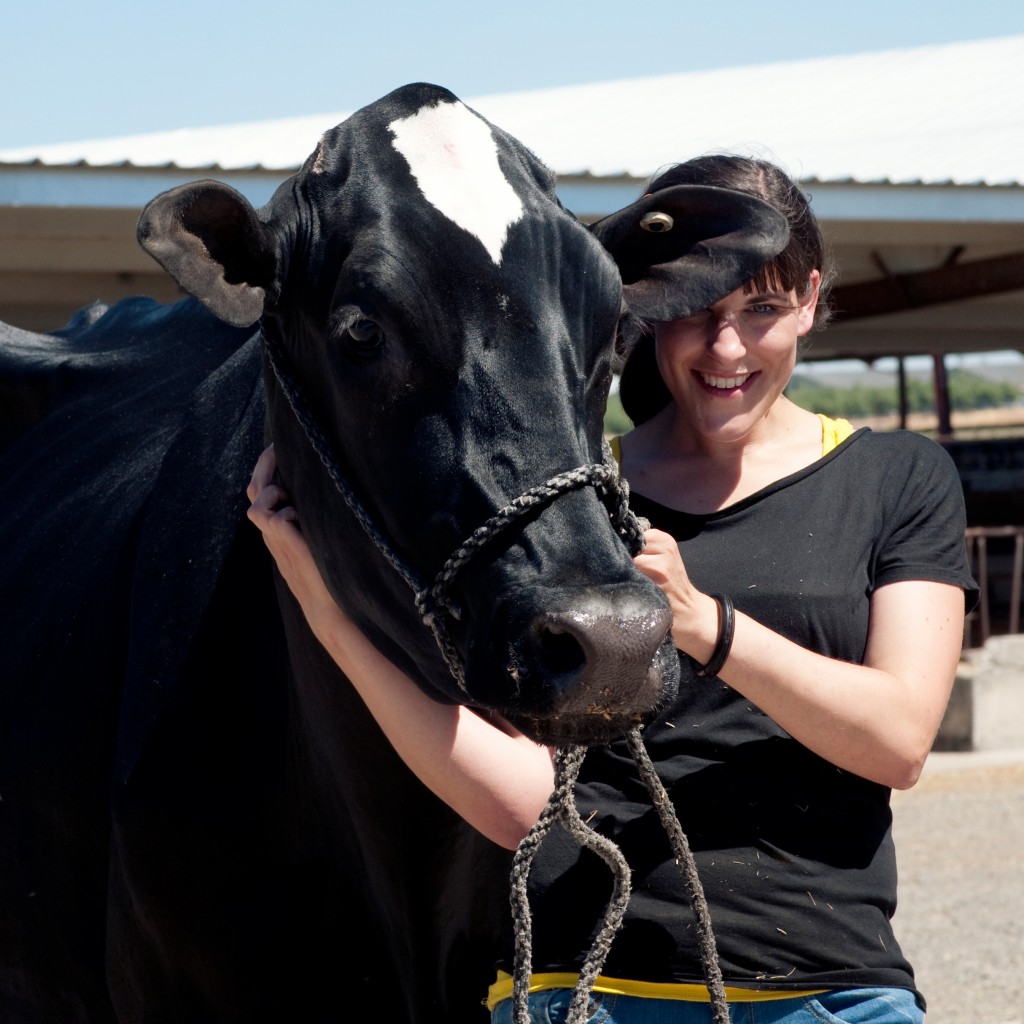
Christine Massfeller holding Calori D Jasper Maribold
“From Behind the Scenes, Christine Moved to Behind the Camera.”
Many will tell you that the greatest thing about finding your true calling is the way it expands your talents and abilities. Christine Massfeller found this to be true when she was working in the Public Relations department of the German AI Rinder-Union West. For her what came next was a logical progression. “At RUW I was responsible for the magazine they produce for their local members. So I also started taking pictures for that magazine just learning by doing because I was not educated in photography at all. But at this time my interest grew and I bought my first semi professional camera, organized some photo shoots and bought and read literature about basic technical things.” A simple beginning that for Christine soon progressed to an important next step. “A few months later I was introduced to Han Hopman by my German colleague Steve Schneider and I started my career with Holstein International.”
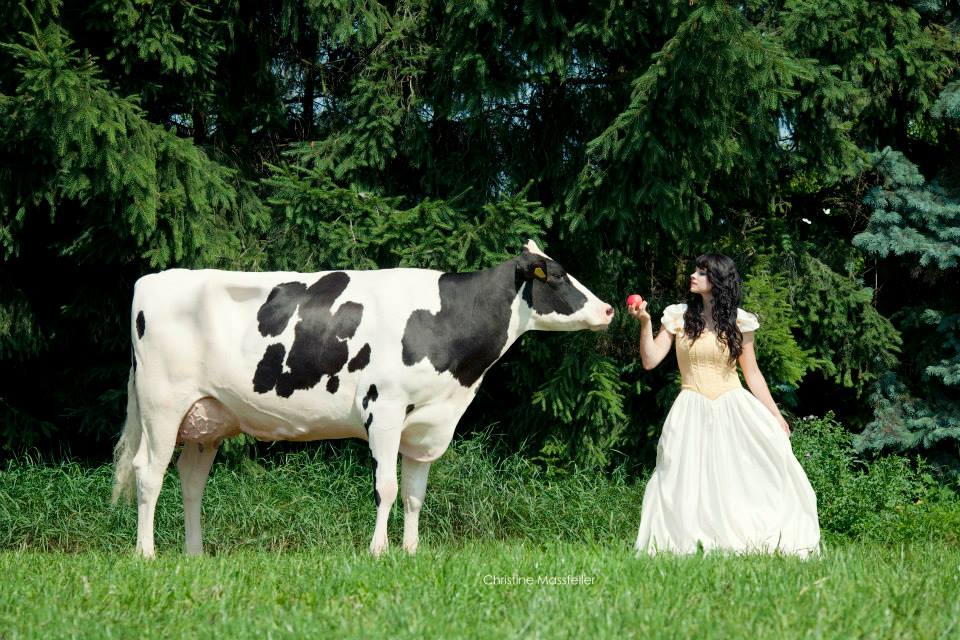
Calendar Cover – Schneewittchen – Snow White
Cow: Girl (Graceland), Owner: Agrargenossenschaft Eibau
Model: Constance Nagler.
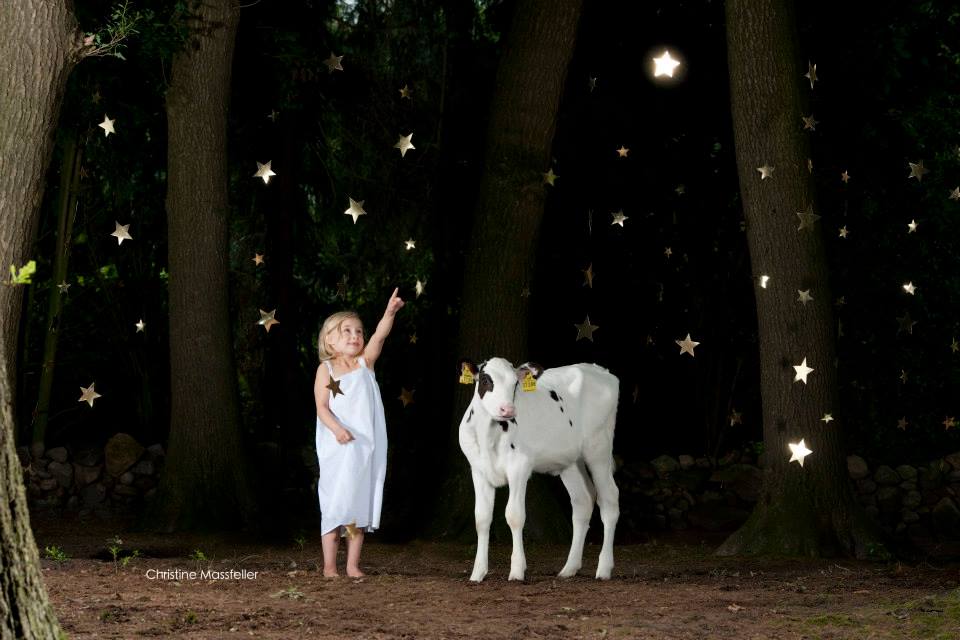
JANUARY Sterntaler – The Star Talers
Calf: WEU Pamela (Fanatic),
Owner: Perk, Spanharrenstaette
“Looking Back it was Early Exposure that Inspired the Times of her Life”
Let’s rewind the story a bit to discover where a passion for cows started for a girl who wasn’t raised on a farm but learned to love cows anyway. Christine recalls the beginning. “I grew up in a small town and fell in love with cows when I was a child, when my mom and I picked up milk from a very small dairy farm close by. It was always difficult for my mom to get me out of the barn again. I could watch cows and spend time with them for hours.” Surprisingly, or maybe not, Christine made this the inspiration for her education. “After school I went to university and studied Agricultural Science with the focus on Animal Nutrition, Genetics and Breeding.” This was no passing fancy and it is a daily party of her life. “I love everything that has to do with cows. My boyfriend’s cows realize that every day. I absolutely love spoiling them.”
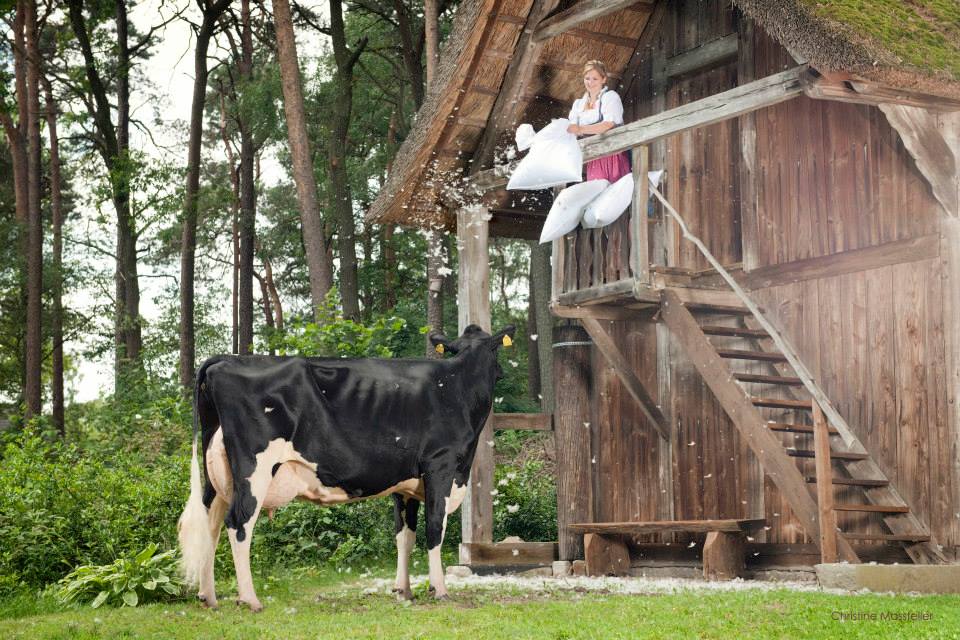
FEBRUARY Frau Holle
Cow: WHC Schira (Golden Eye),
Owner: Weseloh, Schneverdingen
Model: Marion
“It is Invaluable to Have Timely Mentoring.”
The next timely occurrence for this budding photographer was getting employed by Holstein International. Christine describes it as, “The best thing that could ever happen to me. The people are wonderful and I had a perfect start there.” This also marked the timely entry of a very important mentor. “I got the best teacher you can imagine in Han Hopman.” Here was an opportunity that would make a big difference to Christine. “Han Hopman developed creative and natural cow photography. (Read more about Hans Hopman in Han Hopman: Shooting Straight at Holstein International) In the beginning of my HI career he spent a lot of time with me, teaching and showing me everything he knew: technical aspects, how to work with cows behavior, putting legs, composing images, communication with people and animals etc.” No doubt this input inspired Christine to delve deeper into photography and, with the generous support of Holstein International, Christine furthered her studies. “I did an official photography education at a renowned Dutch school.” And she continued to learn from her mentor. “The most important thing was that Han is such a good teacher and great and loyal boss. That saved so much time in making progress.” Indeed people are the main success factor for Christine. “Being a member of the editorial team of HI gives me the chance to learn so much about the dairy and breeding business from my colleagues and of course from the business itself and all the people I meet and work with.” (To see more great work from Holstein International photography team click here)

MARCH Kleine Meerjungfrau – Little Mermaid
Cow: BcH Caroli (Stylist),
Owner: Luenschen
Model: Rabea
“It should be possible to take ordinary cows and make them Extraordinary”
It is obvious that Christine Massfeller is a true cow passionista. Who else would come up with an idea that basically meant sending out a casting call for cows? But that is just one part of the challenges that she enjoys when doing cattle photography which has so many facets to get right. She numbers them. “Bringing a cow into balance and getting out the best of every animal, scene and model. Making the best of every situation. Working with light.” Cows constantly influence Christine’s imagination and her work. “For my photography education exam, I developed my series “Cows Surreal”. The idea was to put cows in scenes they naturally never would appear. The idea behind that was that almost every human in our modern world has contact with dairy animals, but not in a direct way. People buy milk and milk products in supermarkets but almost never see a cow in real. So I tried bringing cows back to people in an abstract way. This series is not yet finished. I will continue working on it soon. But with starting this series I got some worthwhile experiences with real complicated and difficult photo shoots.”

APRIL Baron von Muenchhausen
Cow: Kleopatra (Stempler),
Owner: Bertram, Hunden
Model: Gerhard
“They said ‘It Couldn’t Be Done!’”
Quite often it turns out that the best impetus for doing something exceptional happens when you’re told that it can’t be done. Cow art, cow science and cow photography are not immune to naysayers. In Christine Massfeller’s case she wanted to show the world a different perspective on cows. Not for her is the idea of “same old, same old.” She wants to take the whole experience for herself, her viewers … and even the settings the cattle are placed in to a whole new level. “I had the idea to go a step further and I developed that fairytale idea. That would involve even more story telling. In the beginning it was very difficult to convince people that this could work. Too much effort. Too expensive. Too Crazy. Too Kitschy.” So, of course, Christine didn’t give up. “The images were already finished in my head but most people I talked with first could not imagine how it would look like.” And then good timing entered the picture once again. I got support from Han and he promised me we would do it together and publish it with HI.”

MAY Schneeweisschen & Rosenrot
Limousin bull and Charolais heifer owned by Ahrens GbR, Hespe
Models: Sophia Sparkles and Eva Wermert.
“It was a BIG idea for BIG Calendar that had found it’s Time!”
When all the necessary parts of a project come together — you just know that something big is going to happen. “Han has done a calendar for Masterrind almost every year for the last 10 years. Their calendars always have a special theme. We brought the fairytale idea to the table and immediately got some supporters, who were very enthusiastic about the idea. Then we worked out a plan and Masterrind decided to do it with us. It was a win win situation. Masterrind was a great partner and they organized everything perfectly.”

JUNE Bremer Stadtmusikanten – The Bremen Town Musicians
Cow: Schnicka (Donley), Owner: Hoeft, Bramstedt
sheep (14 year old Erna) and cock (still alive!!) owned by Evers family, Syke; dog Winnie owned by Hermann Bischoff
“Making it Look Simple Requires A Lot of Work”
With approval for the project, it was time to put in the hard work. “We had quite a few meetings and developed everything, the scenes, how the cows should look like, the human models, the costumes and everything else.” Although cows were the stars, it took a lot of people to pull it off. |Christine gives credit to the large behind-the-scenes-team. “It took everyone pulling together. There was the Masterrind organization, their PR department, some of their classifiers who selected the cows (and also helped washing & clipping them, organized the transportation to the scenes), the human models (some of them Masterrind employees or their kids, some of them from my soccer team), the cow models, the breeders of the cows who prepared their animals, professional hairdressers and makeup artists.” Christine feels that having such an enthusiastic team was a key ingredient of the project’s success. “It was really wonderful to work with such great people (and cows) who did such a good job, even though they had no experience with such a project (me either)!”
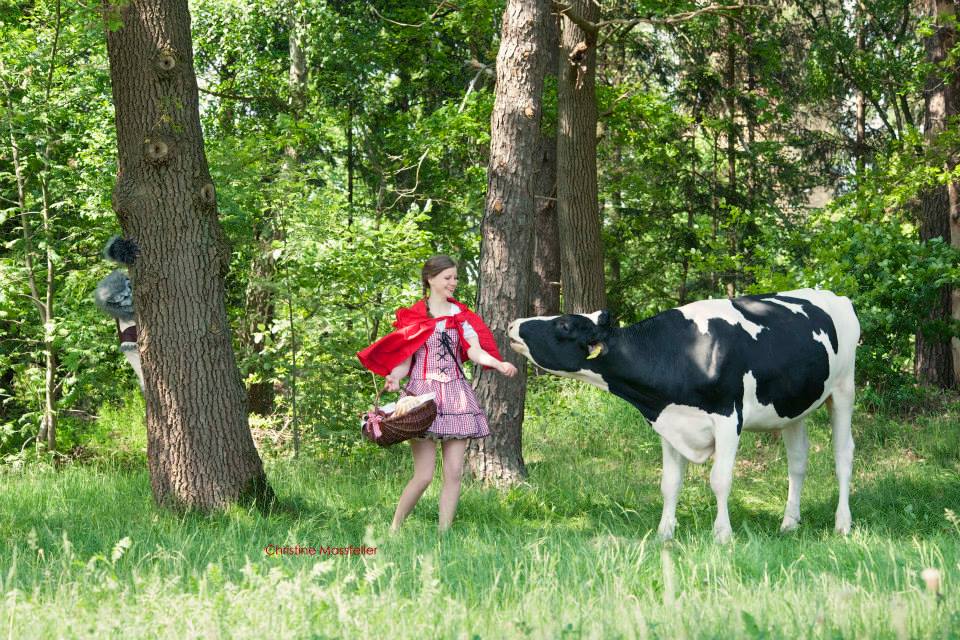
JULY Rotkaeppchen – Little Red Riding Hood
Bull: Smokin Joe (Observer), MASTERRIND
Model: Carolin
Wolf: Hermann Bischoff

AUGUST Froschkoenig – The Princess & the Frog
Cow: FUX Sia (Alexander), owner: Hahn/Radtke GbR
Model: Teresa Kempe.
“The Fairy Tale Ending is A Pleasant Surprise”
When you plan a fairytale photo shoot, it would be nice to assume that it would end happily ever after. Even with her passion for dairy cows, Christine has been pleasantly surprised at how the project has been received. “Honestly I did not expect such a big response. Masterrind gave the calendar to their members (in Germany the AIs are owned by their local breeders) and clients. It was out before 2014 started. We got many emails from people who wanted to buy one, also from people who are not in our business.” (To order your copy of the keep sake Calendar click here)

SEPTEMBER Dornroeschen – Sleeping Beauty
Cow: Jolli (Jotan), owner: Agrargenossenschaft Bockendorf eG
Model: Lori

OCTOBER Hans im Glueck – Lucky Hans
Cow: Silva, owner: KÖG Kleinbardau
Models: Thomas & Thomas
“Dreamscapes Inspire a Dream Job”
Loving what you do every day is a dream that many wish they could fulfill. Christine makes it look easy and inspiring, but she has eight steps that comprise her best advice to someone who would like to follow their photography dream: Work hard. Find a good teacher. Listen at the right moment. Don’t listen at the right moment. Be a better photographer then Photoshopper. Develop your own thing. Be open. Be always respectful to people and cows you are working with.” Christine is more than willing to take her own advice and adds a couple more action steps. “Staying healthy and open minded. Keep on working for HI. Keeping learning, because photography gets more and more difficult the deeper you get into it. It’s a big process.” Her dearest dream is to keep developing new ideas and producing the ideas that come up.” She sums it up enthusiastically. “There are so many pictures in my head that need to be taken!”

NOVEMBER Haensel & Gretel
Cow: Litt Leo (Radenko), owner: Wortmann GbR, Morsum
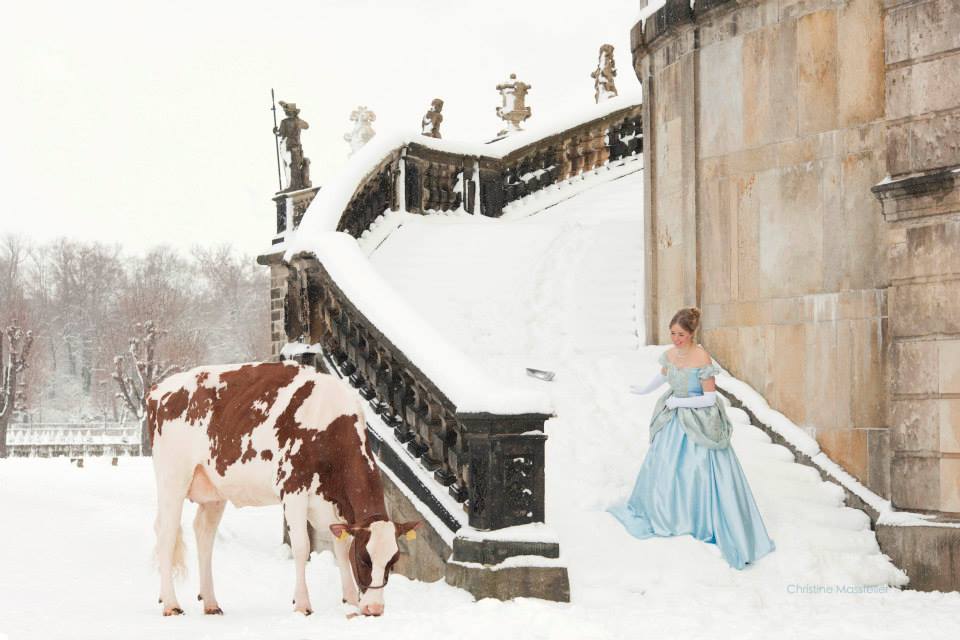
DECEMBER Aschenputtel – Cinderella
Cow: Jess (Starfire), owner: Pfaff, Gahlenz
Model: Nicole
Castle: Schloss Moritzburg, Sachsen
The Bullvine Bottom Line
Not only have dairy calendars been taken in a totally unprecedented direction but so have the cows that are our daily inspiration. With the turning of every page, there is a new dairy dimension to be celebrated. Congratulations to you Christine Massfeller for sharing your wonderful images and giving us insight and inspiration for every dairy day of the calendar year. (To order your copy of the keep sake Calendar click here)

Get original “Bullvine” content sent straight to your email inbox for free.





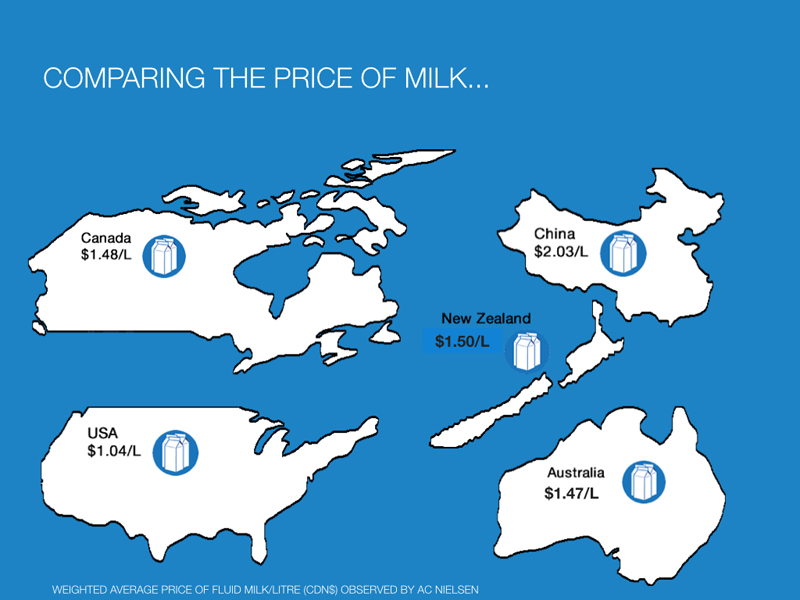
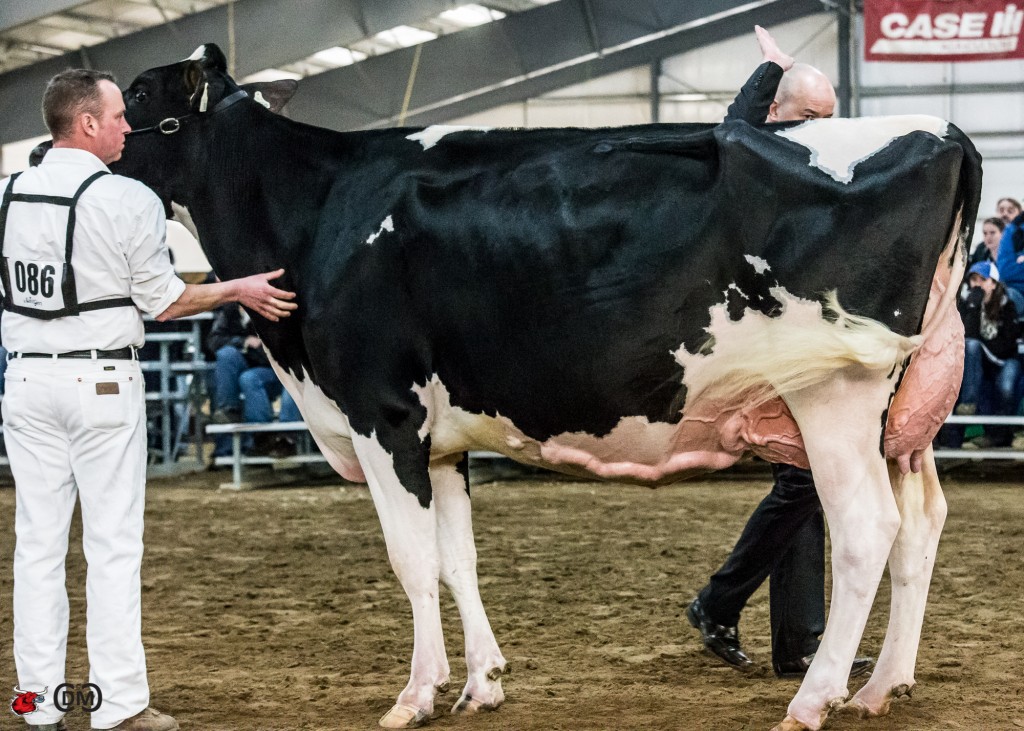










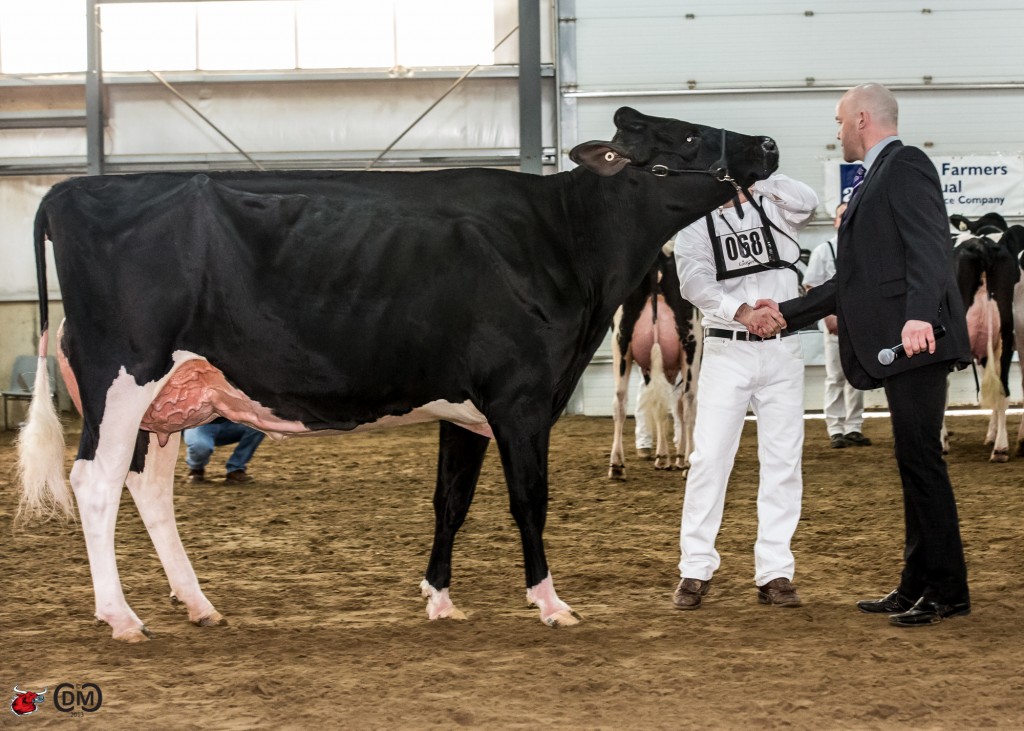




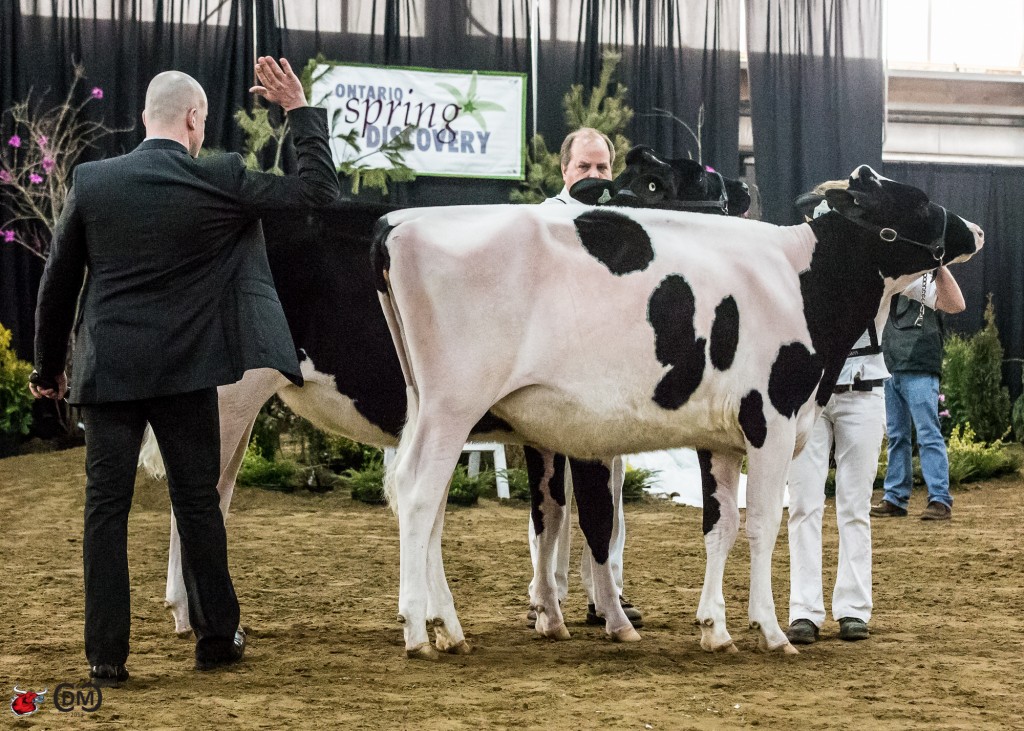









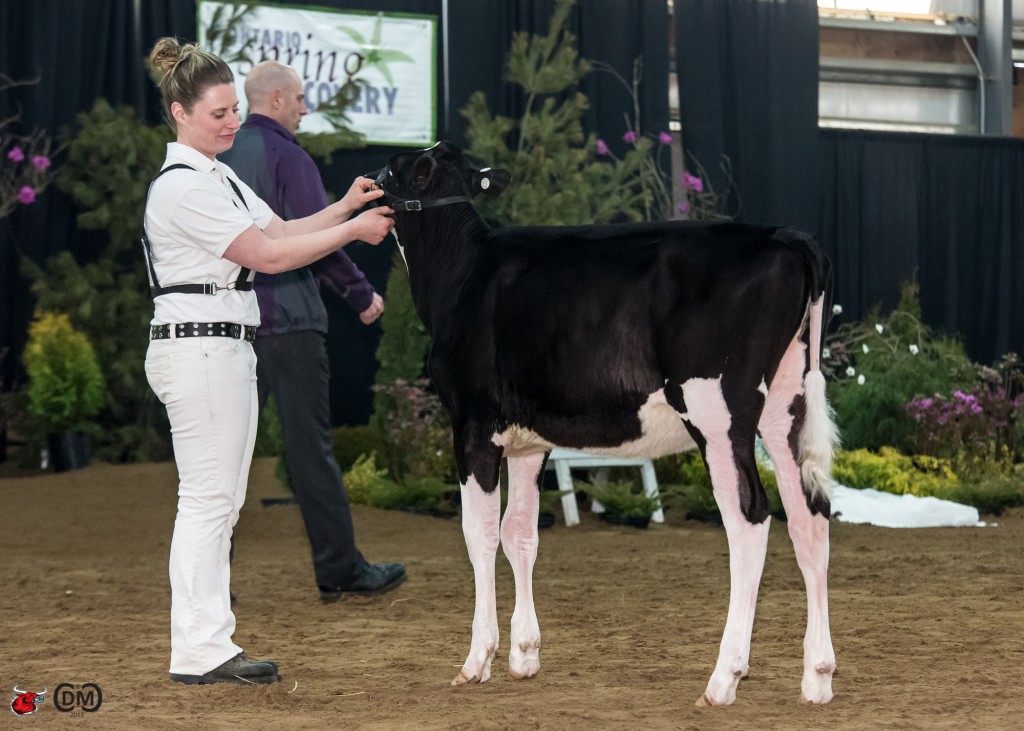
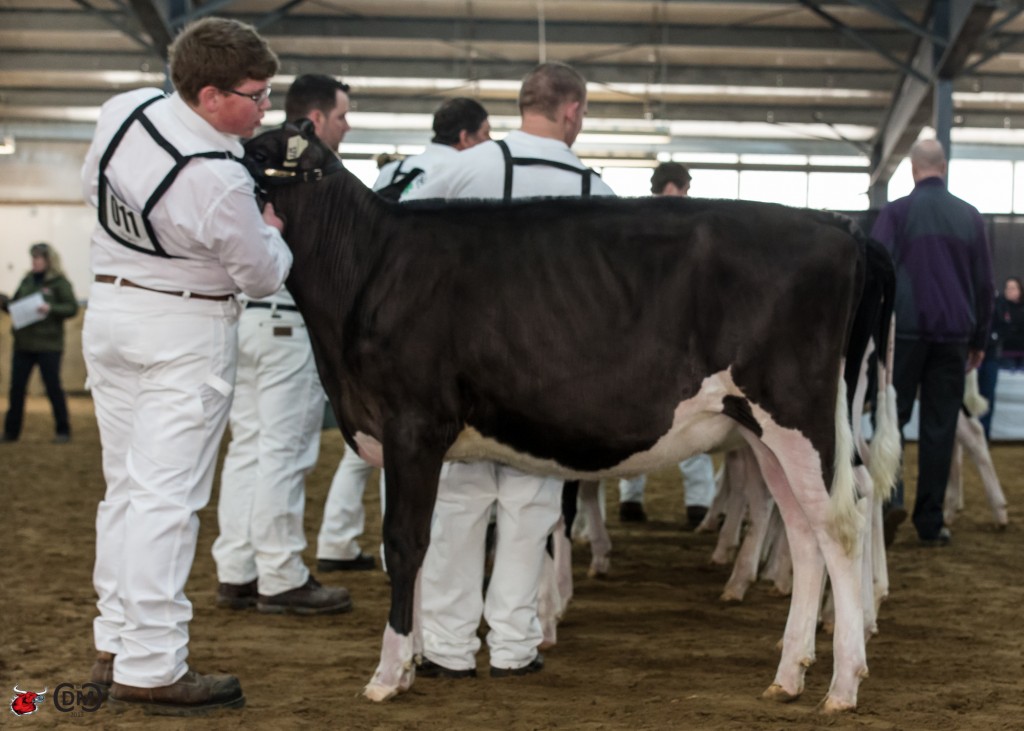
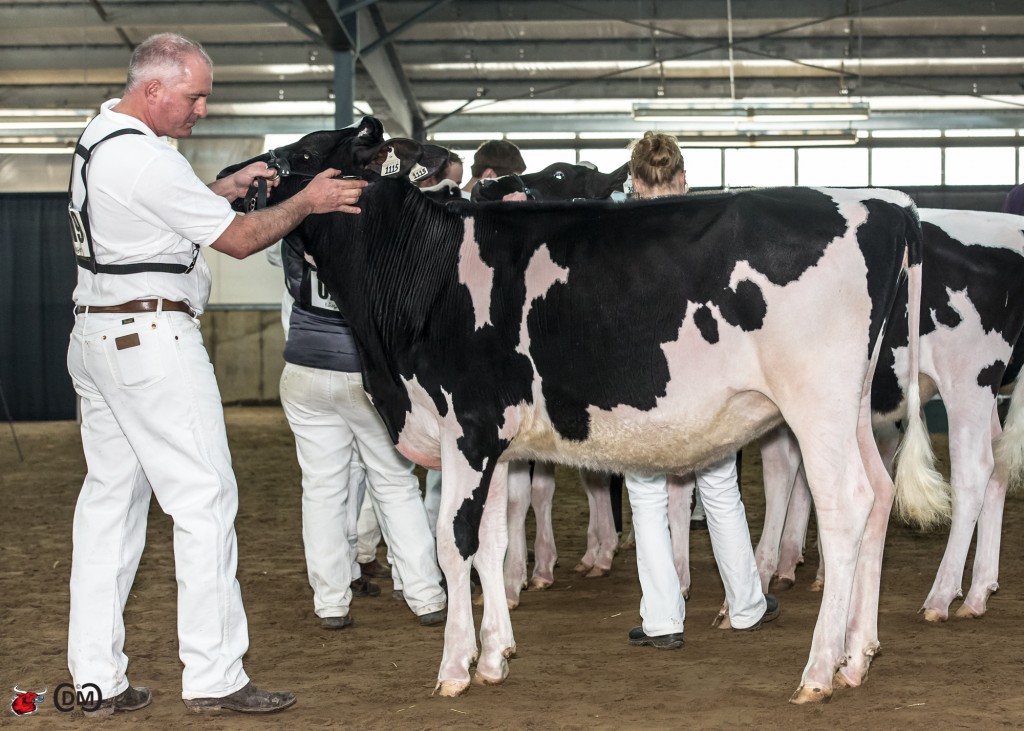
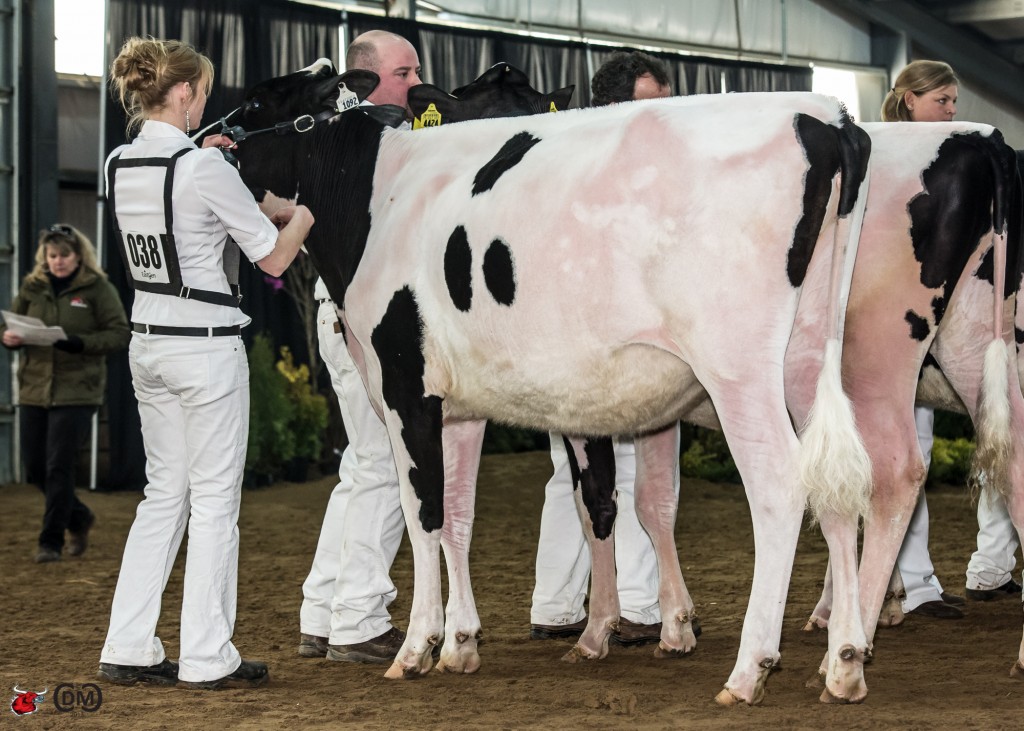
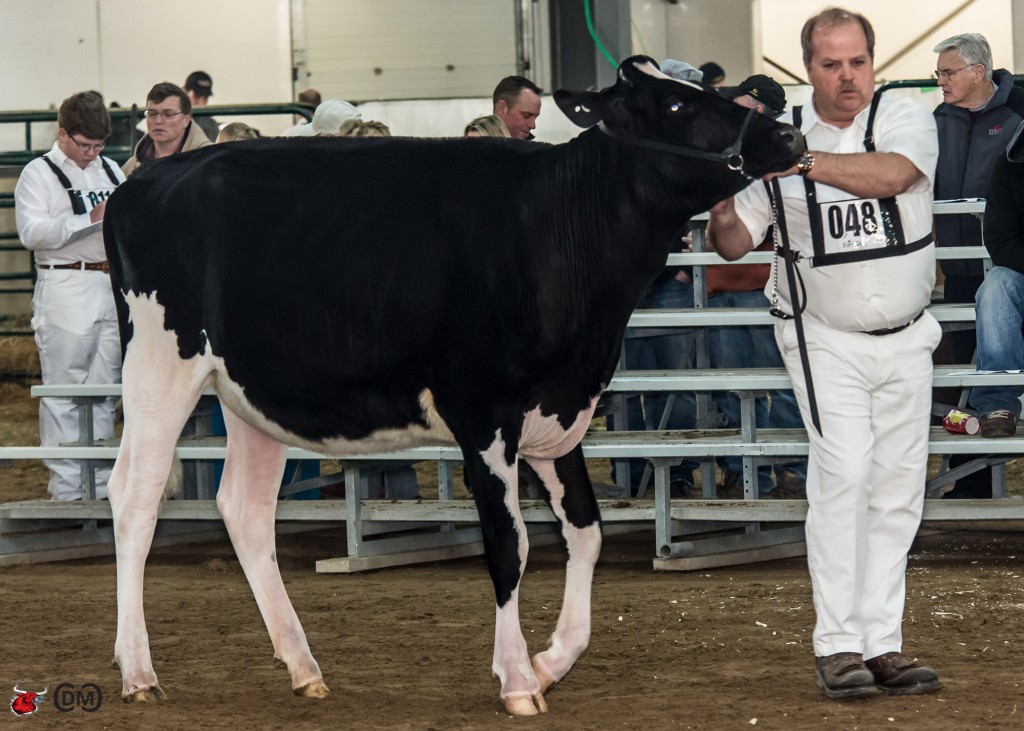
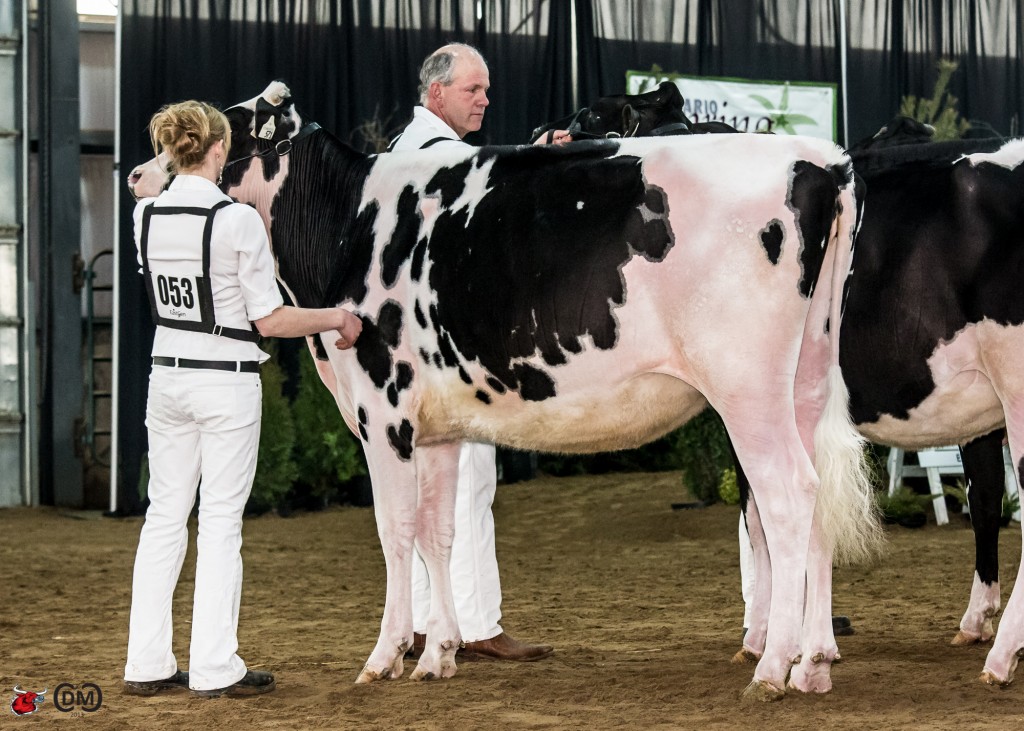
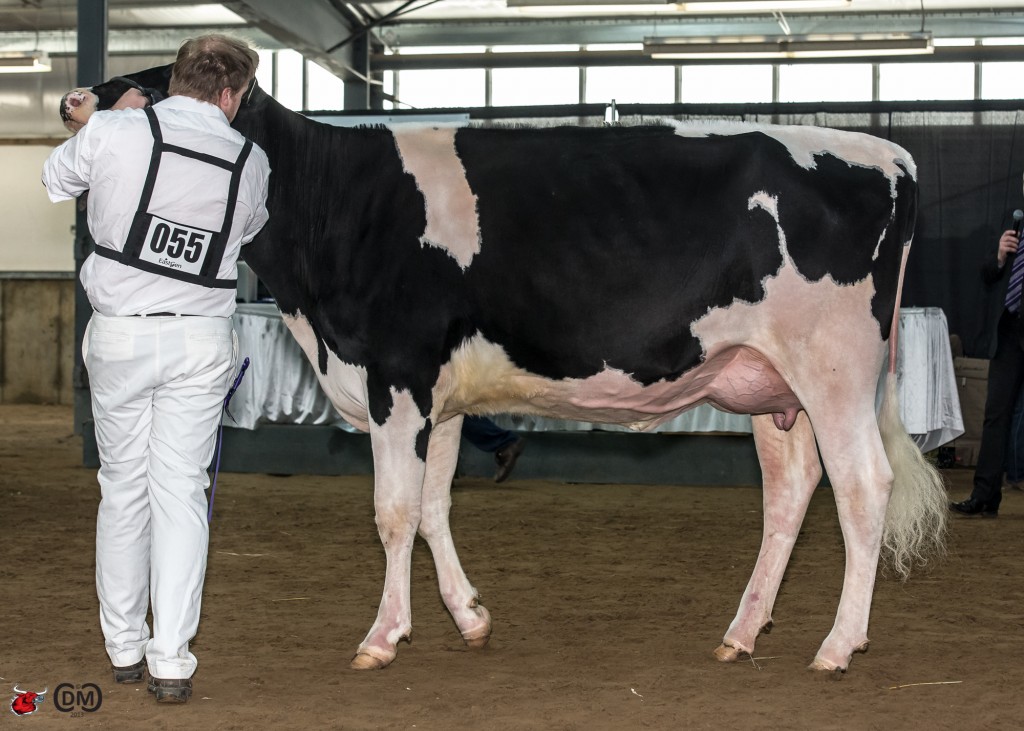
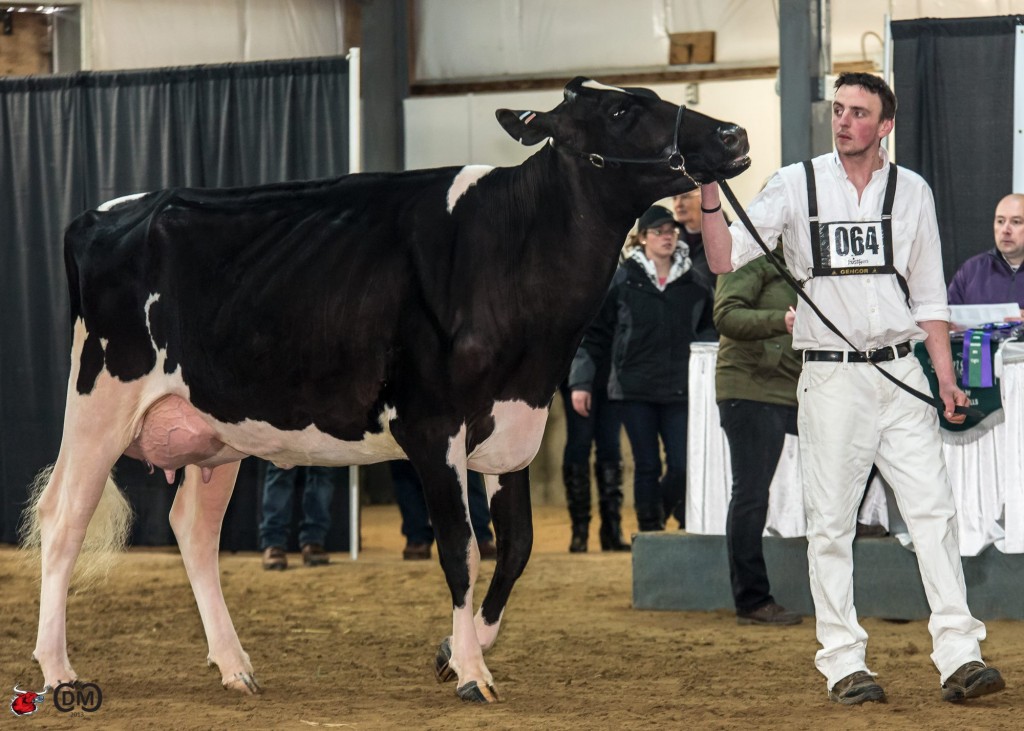
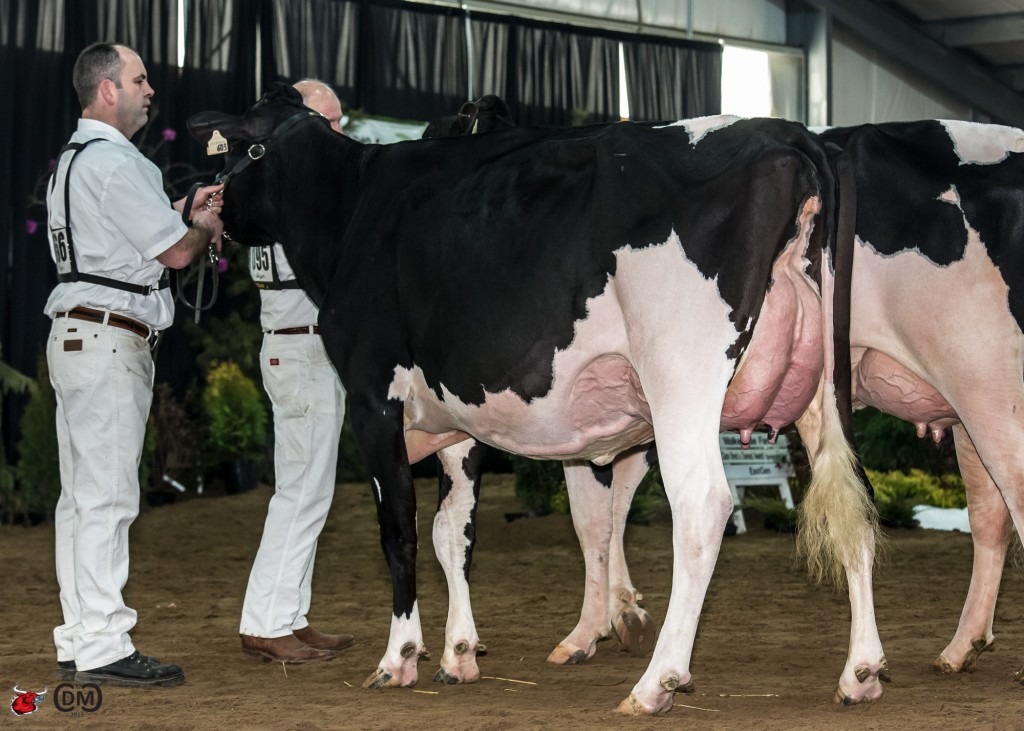
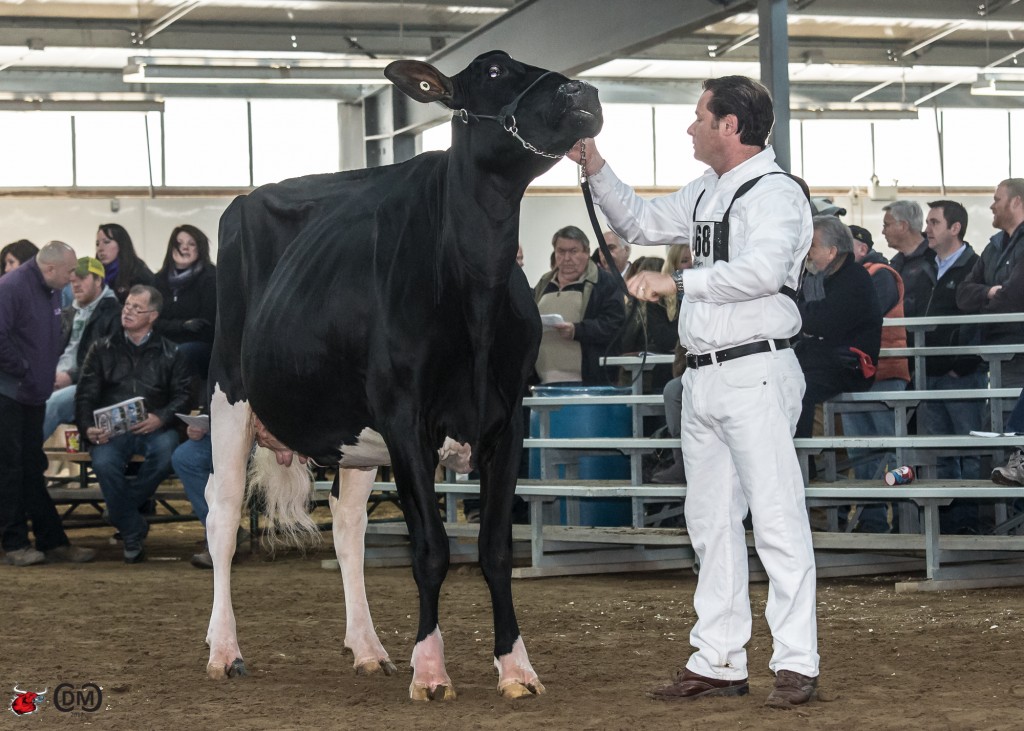
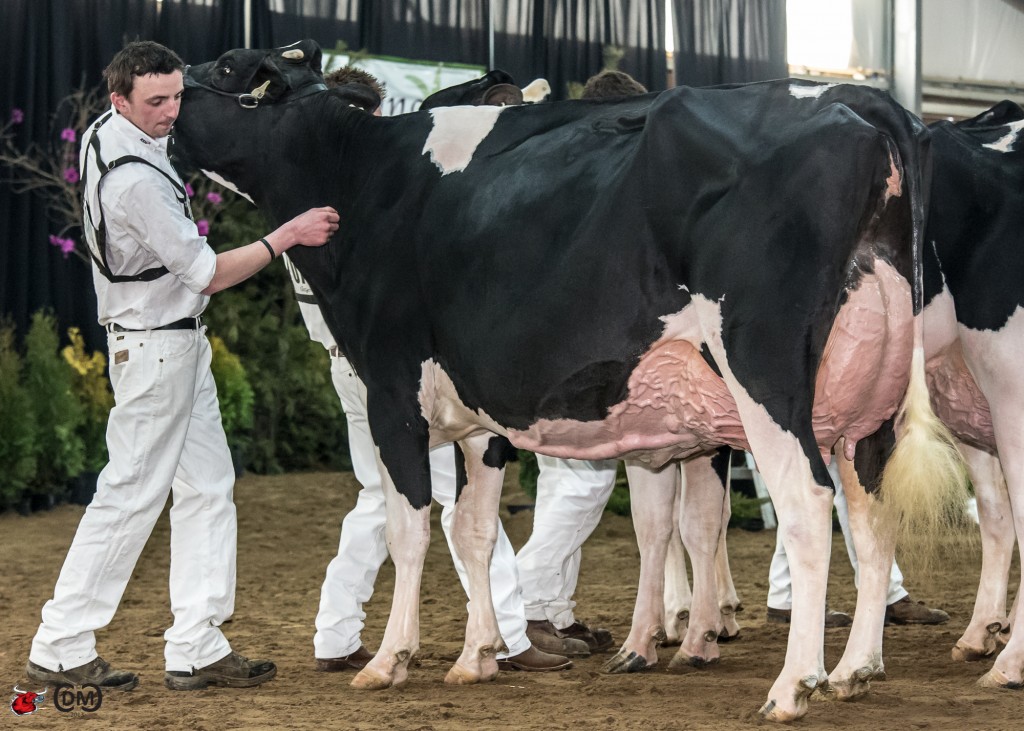
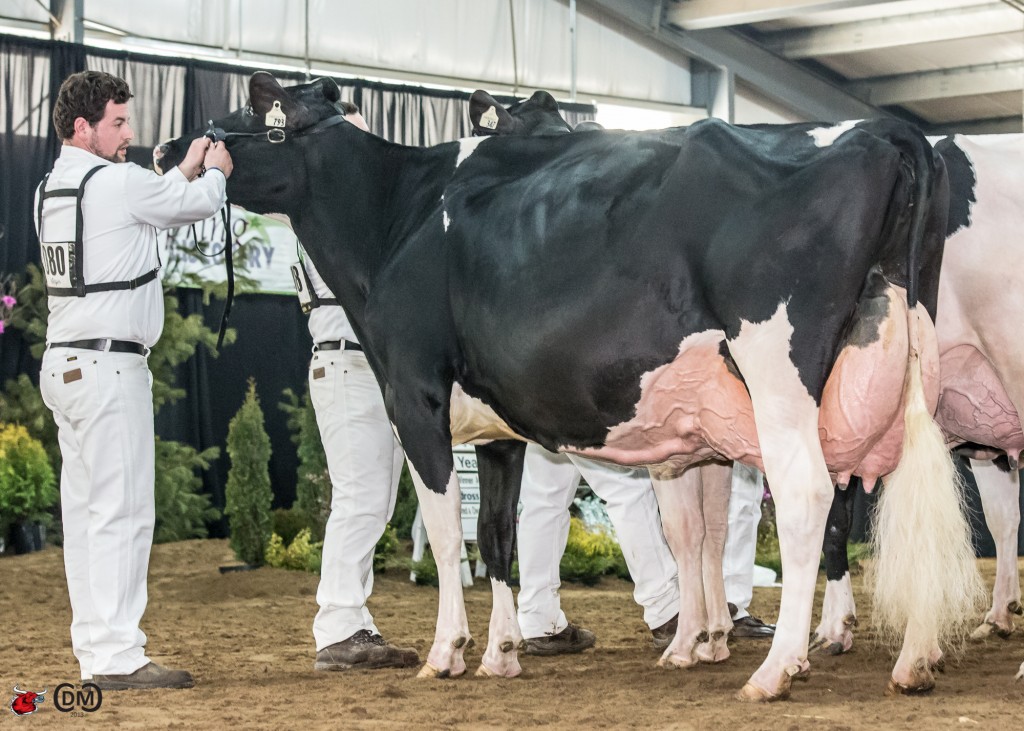
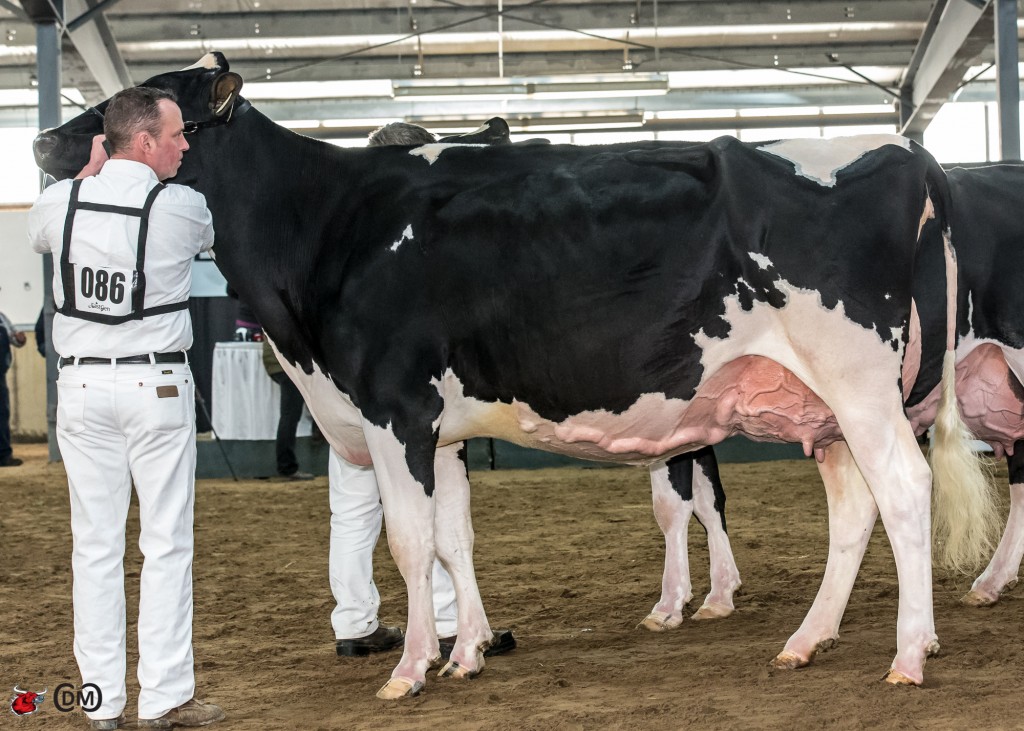



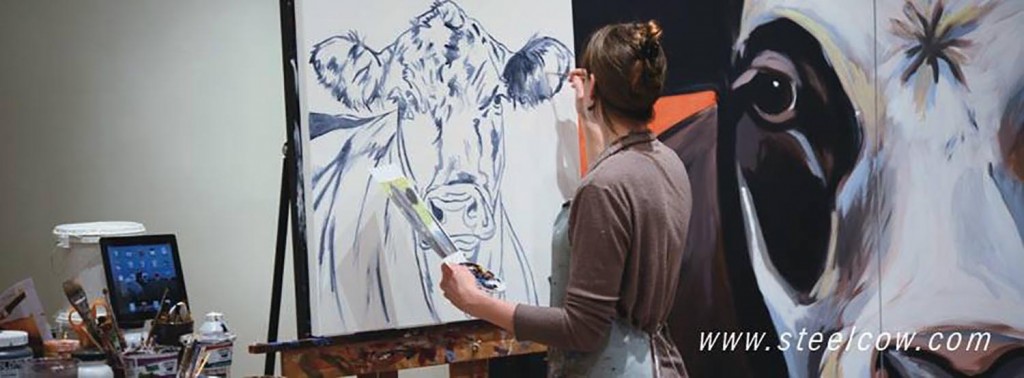
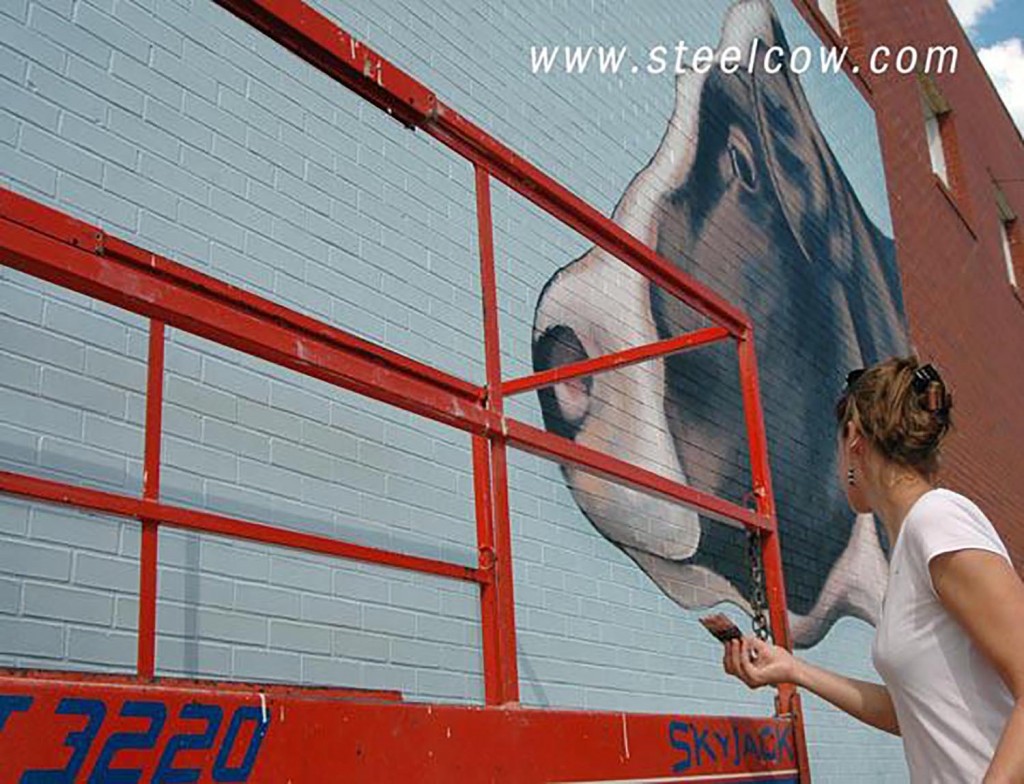
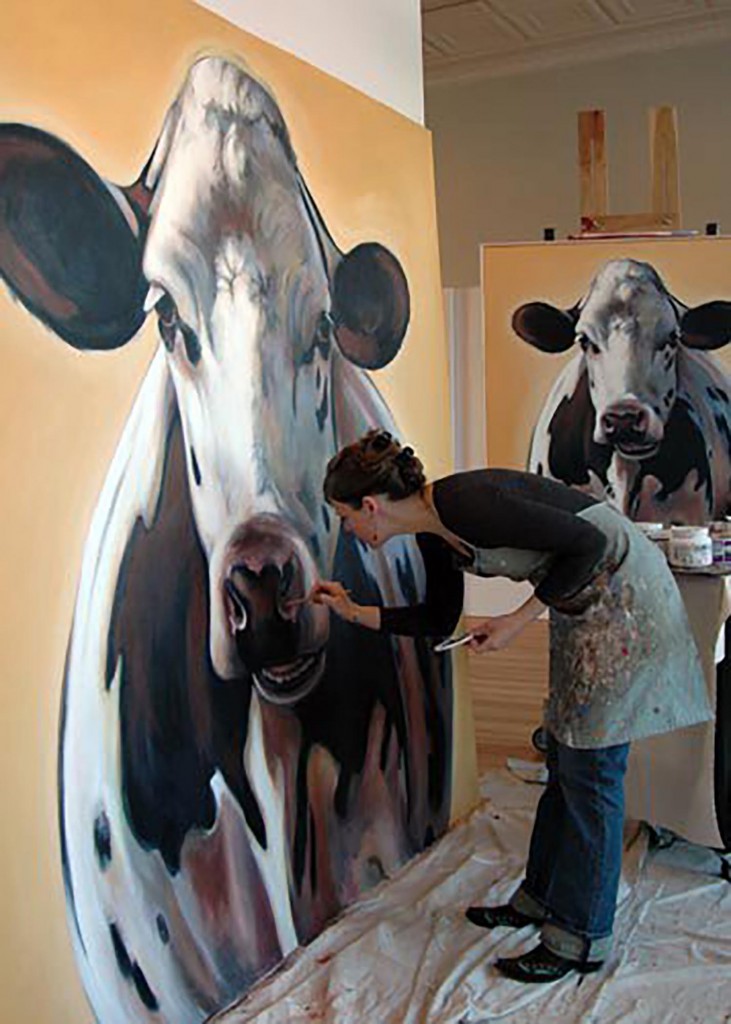
![1658533_10152093951009232_1349053411_o[1]](https://www.thebullvine.com/wp-content/uploads/2014/03/1658533_10152093951009232_1349053411_o1-1024x536.jpg)
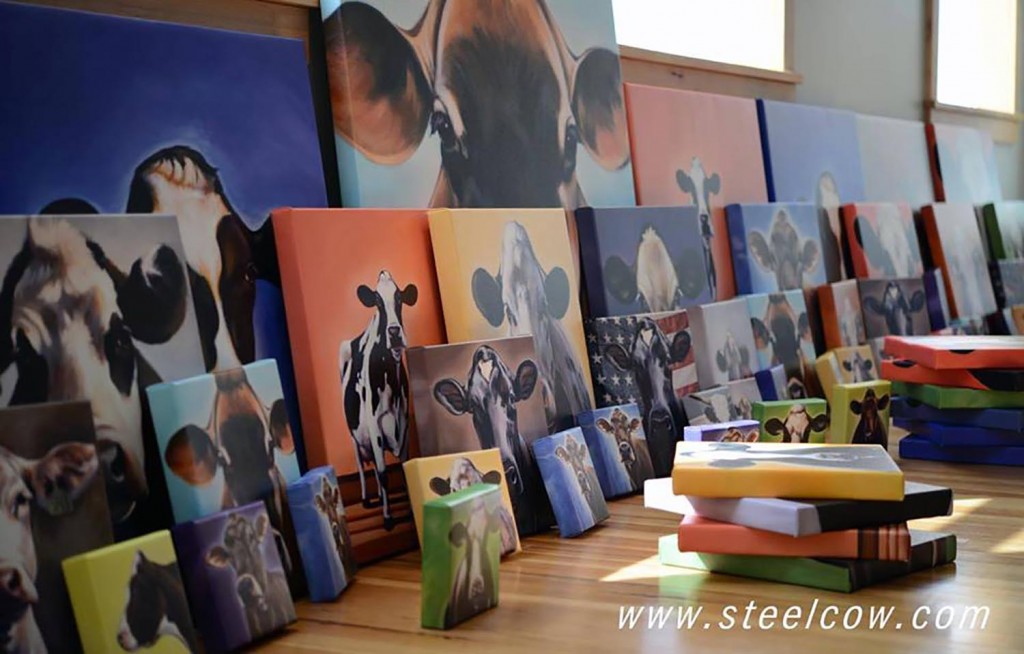
![1962846_10152118235424232_1347842388_n[1]](https://www.thebullvine.com/wp-content/uploads/2014/03/1962846_10152118235424232_1347842388_n1.jpg) Out of the Barn and Into the Gallery
Out of the Barn and Into the Gallery![1797347_10152101531354232_270432191_n[1]](https://www.thebullvine.com/wp-content/uploads/2014/03/1797347_10152101531354232_270432191_n1.jpg)
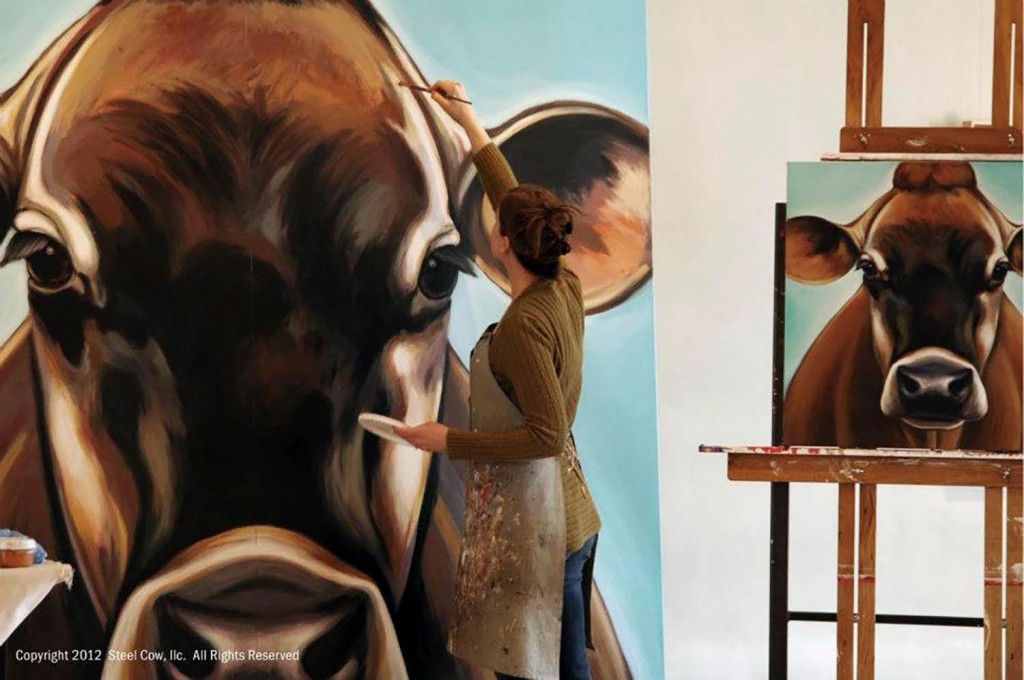
![1014793_10151559776059232_1406254681_o[1]](https://www.thebullvine.com/wp-content/uploads/2014/03/1014793_10151559776059232_1406254681_o1-1024x611.jpg)
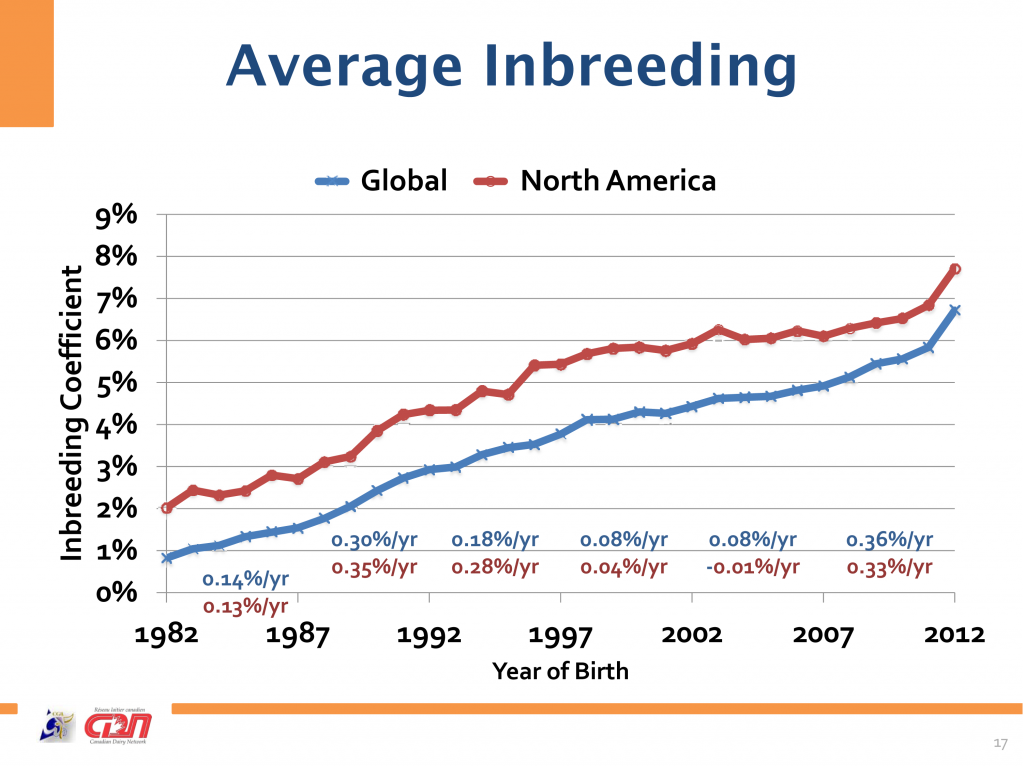
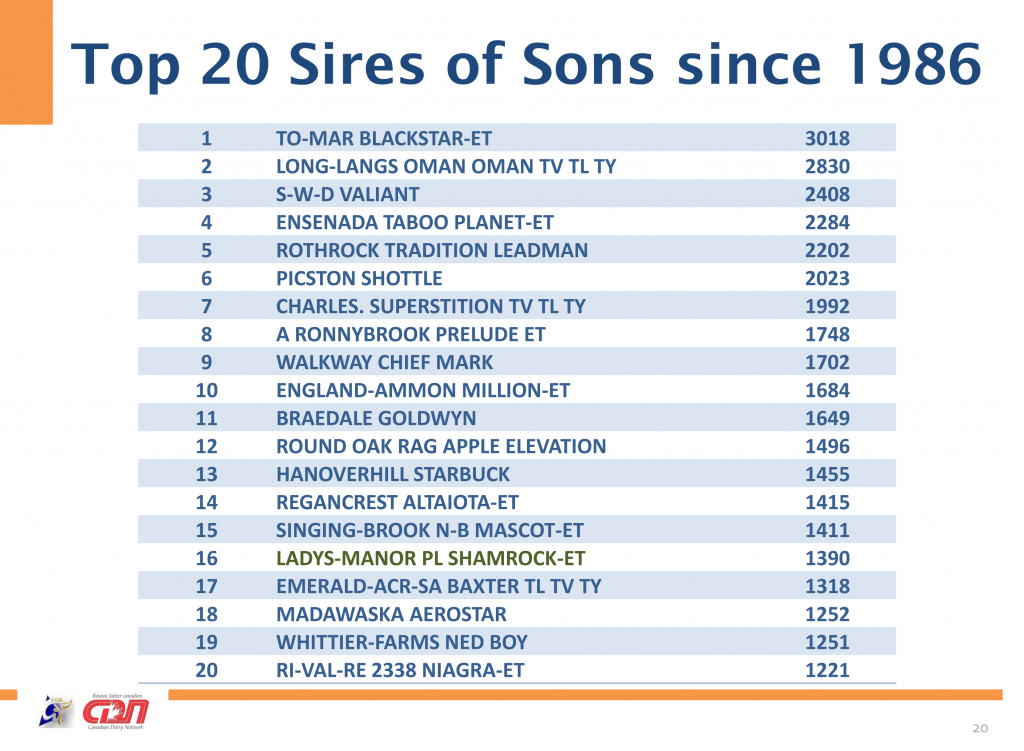
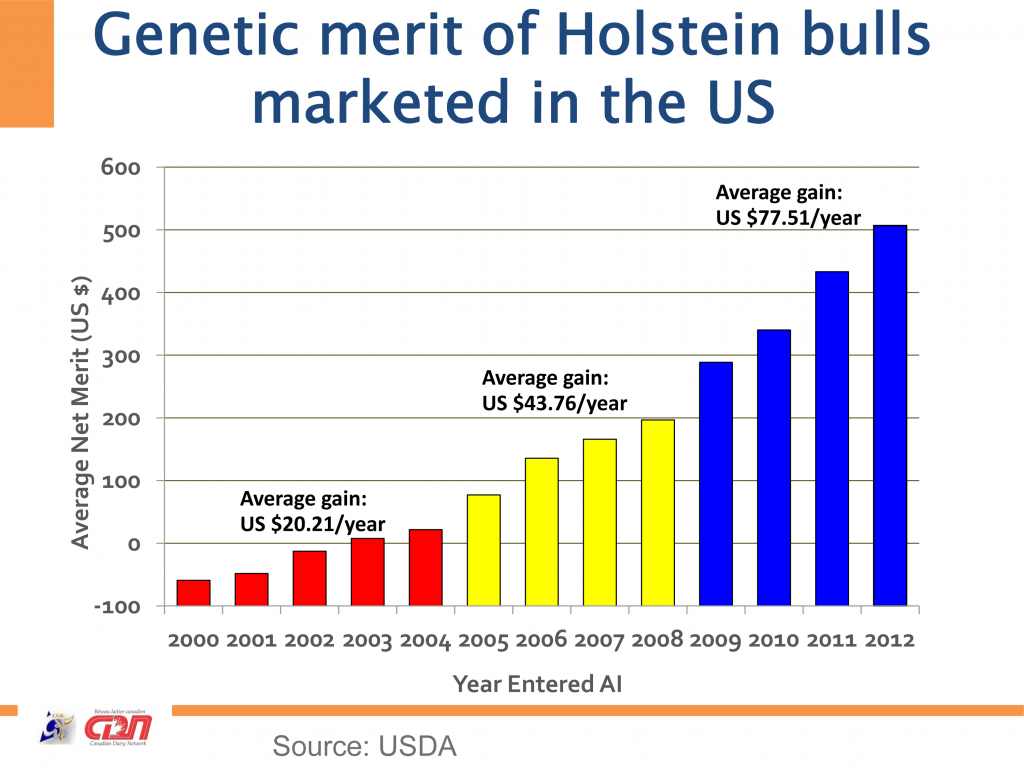
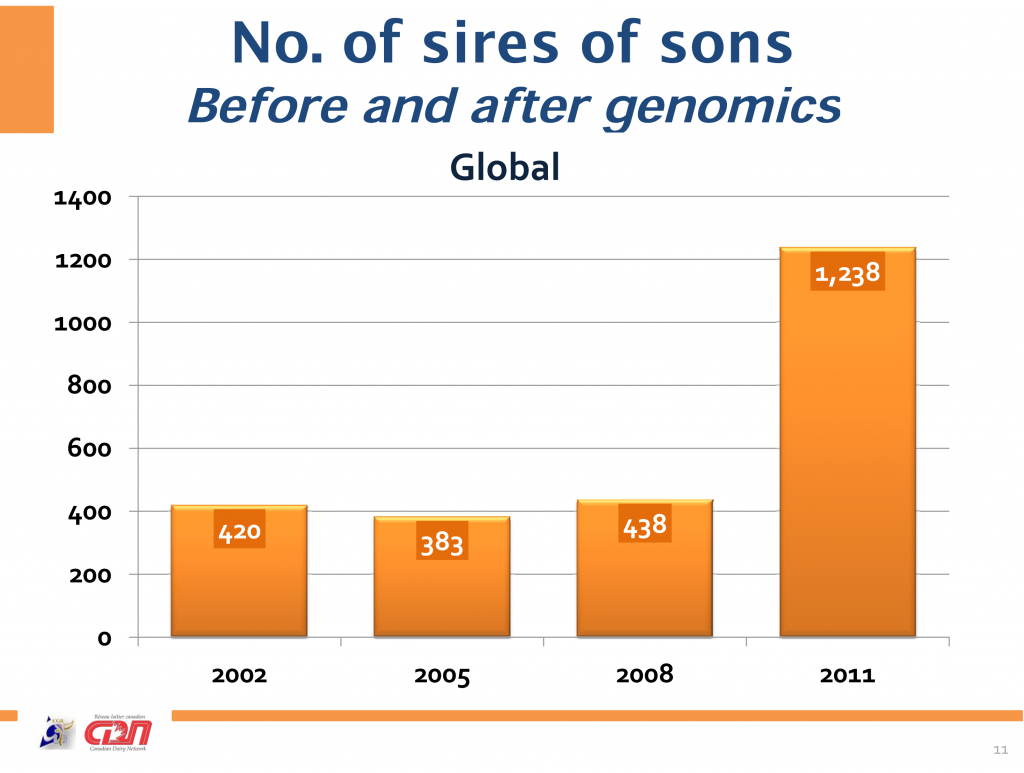

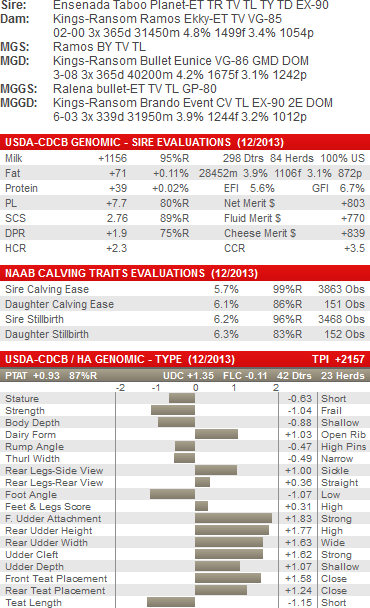
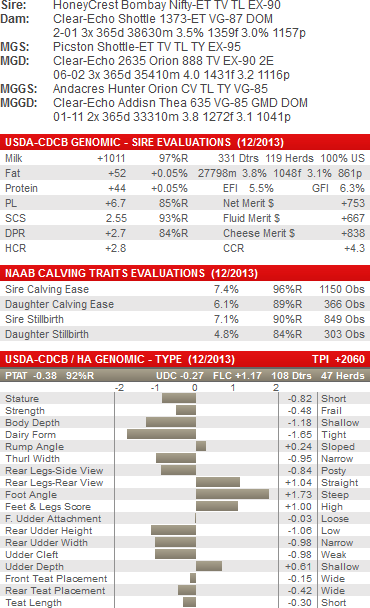
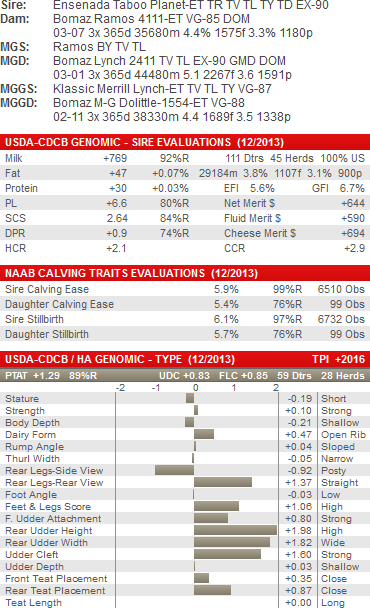
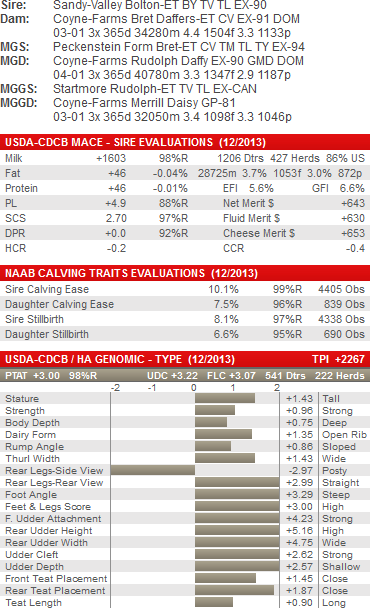
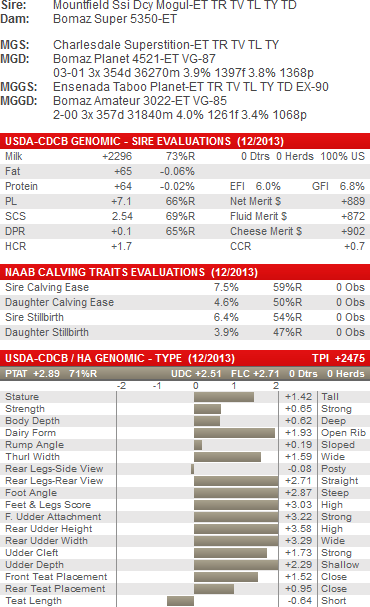
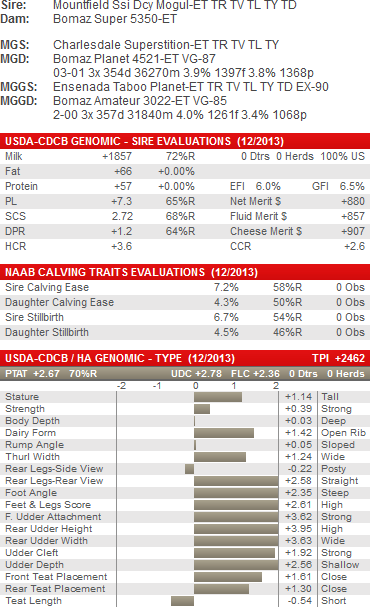
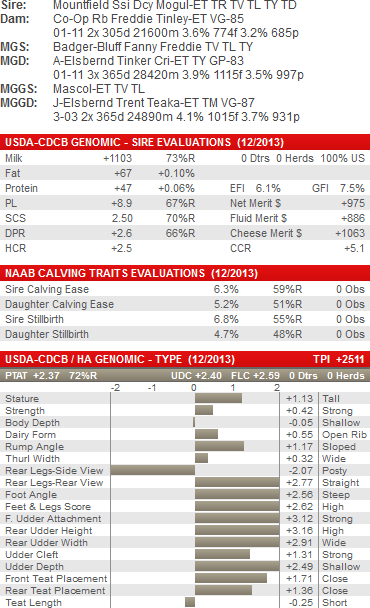

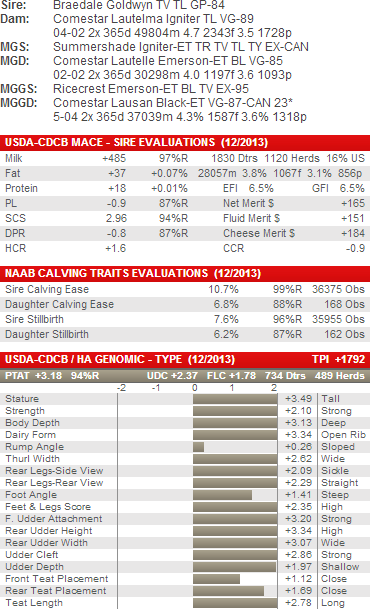 COMESTAR LAUTHORITY
COMESTAR LAUTHORITY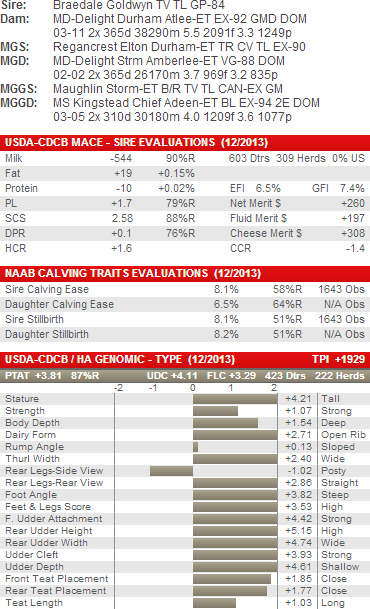 HEAVENLY GOLDEN DREAMS
HEAVENLY GOLDEN DREAMS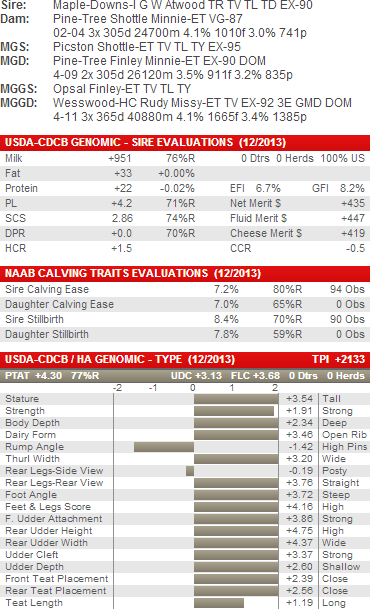
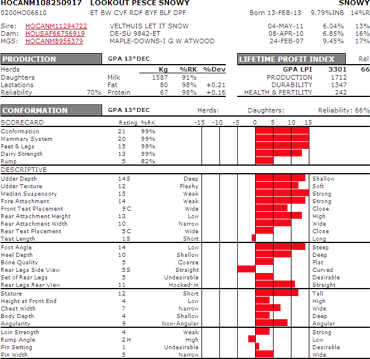 LOOKOUT PESCE SNOWY
LOOKOUT PESCE SNOWY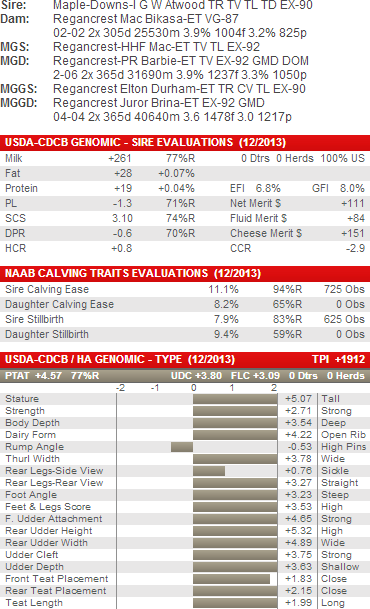 MR ATWOOD BROKAW
MR ATWOOD BROKAW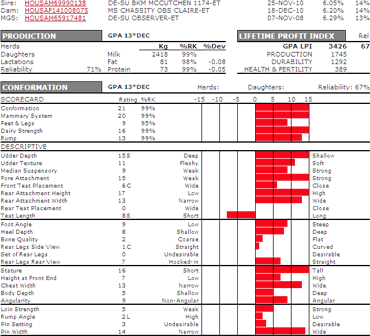 STANTONS HIGH OCTANE
STANTONS HIGH OCTANE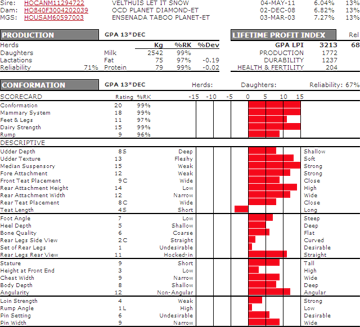 CLAYNOOK DILIGENT
CLAYNOOK DILIGENT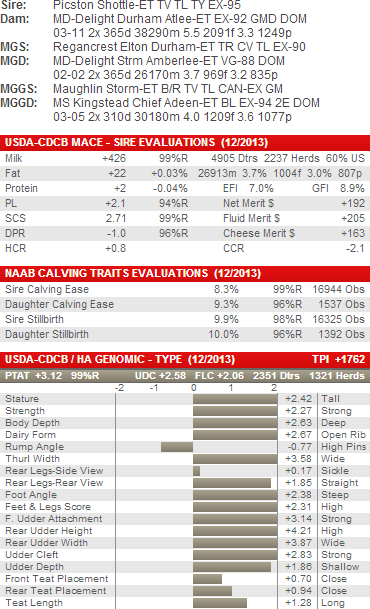 MS ATLEES SHT AFTERSHOCK
MS ATLEES SHT AFTERSHOCK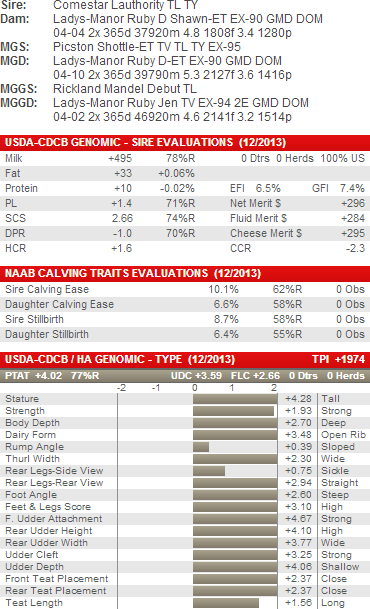 LADYS-MANOR SAVIOR
LADYS-MANOR SAVIOR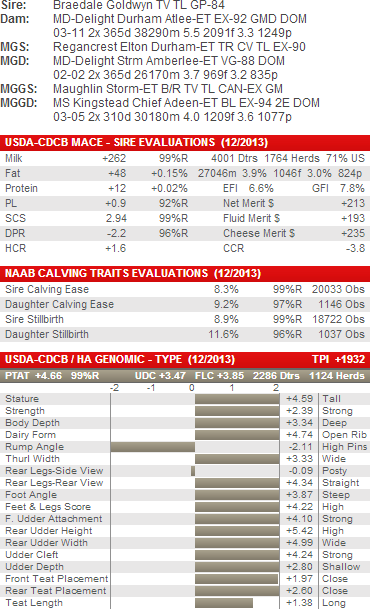 MAPLE-DOWNS-I G W ATWOOD
MAPLE-DOWNS-I G W ATWOOD![56250[1]](https://www.thebullvine.com/wp-content/uploads/2014/03/562501.jpg) It’s hard to imagine what path you would take as a dairy breeder if you were facing the loss of your entire herd. Anton Ender faced that decision in 1981 when his whole herd of elite Brown Swiss cows had to be slaughtered due to disease. For him the next step was to move forward with Holstein cows. Anton’s son Thomas Ender explains the decision simply. “He chose Holsteins because of their willingness to produce.” Today
It’s hard to imagine what path you would take as a dairy breeder if you were facing the loss of your entire herd. Anton Ender faced that decision in 1981 when his whole herd of elite Brown Swiss cows had to be slaughtered due to disease. For him the next step was to move forward with Holstein cows. Anton’s son Thomas Ender explains the decision simply. “He chose Holsteins because of their willingness to produce.” Today 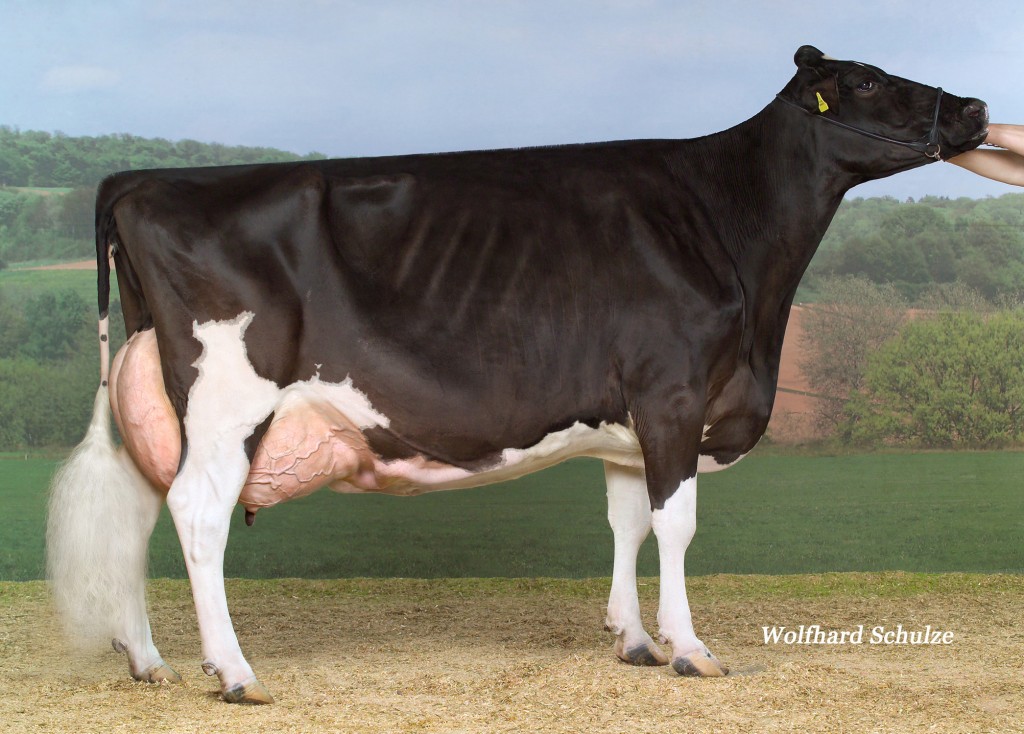
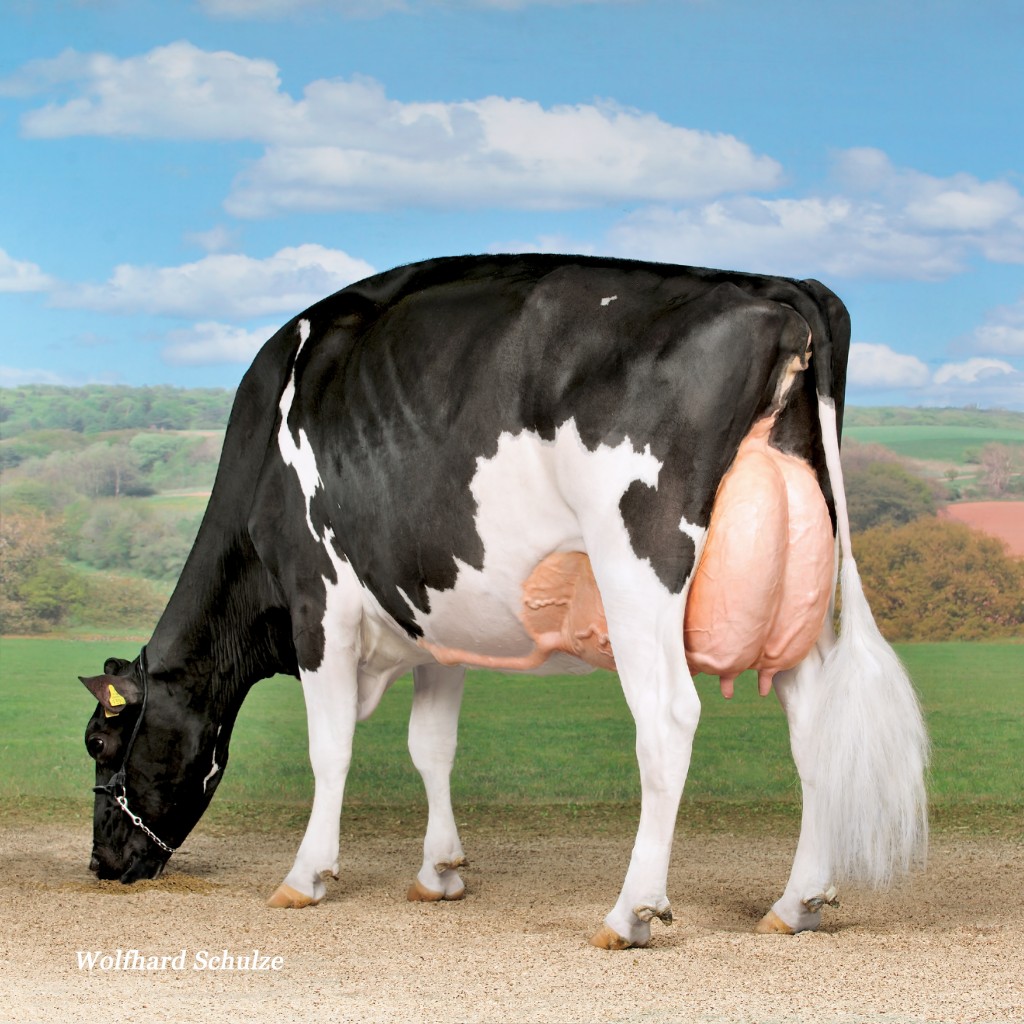
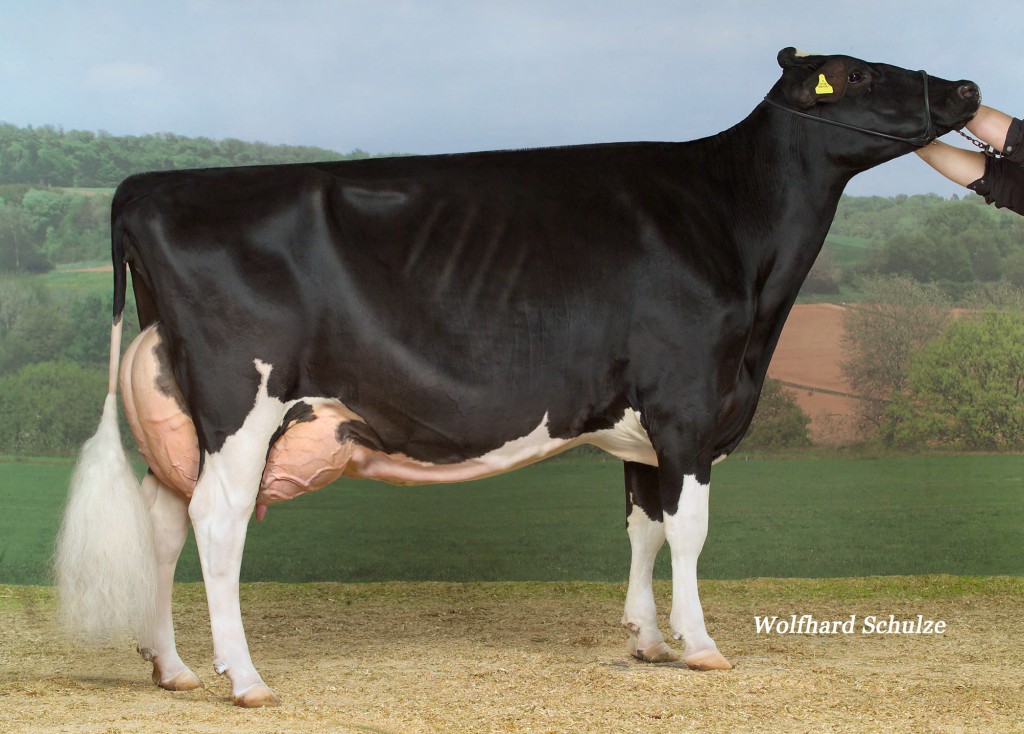
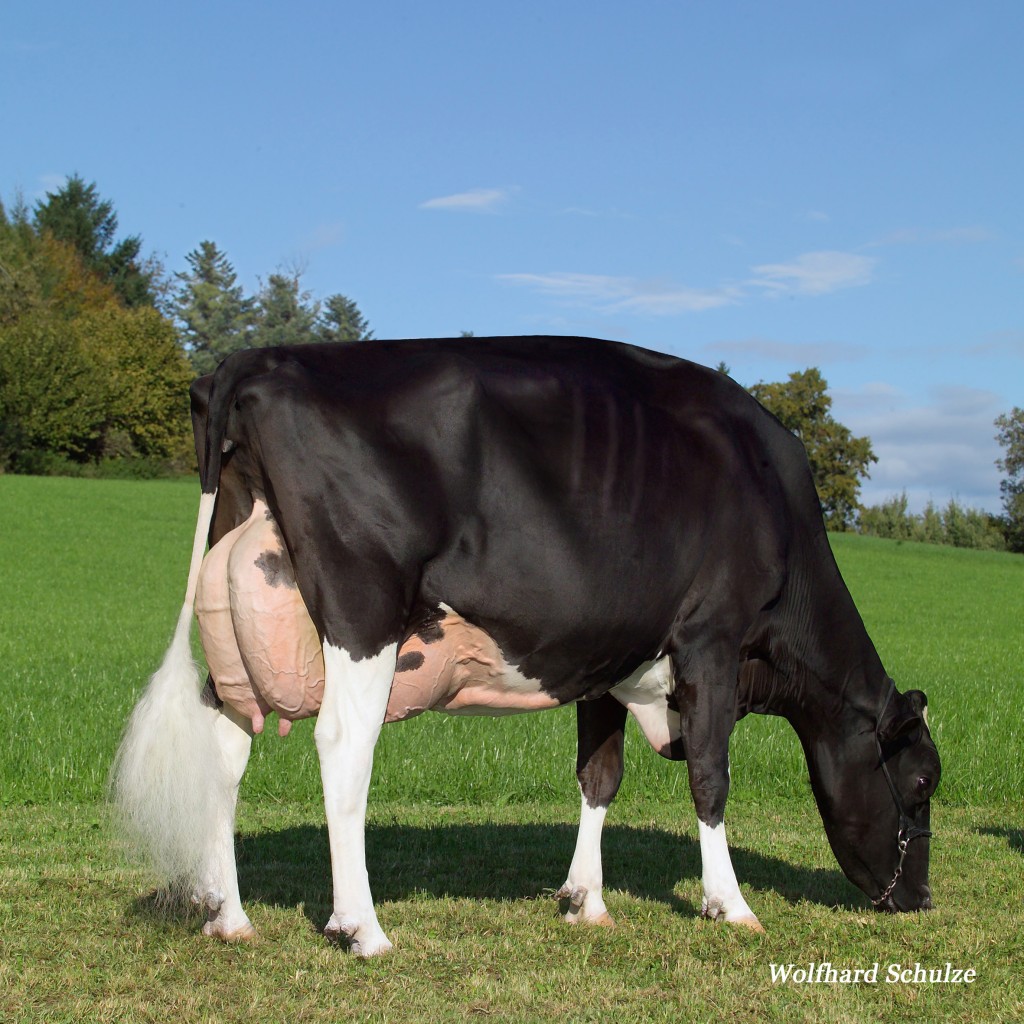
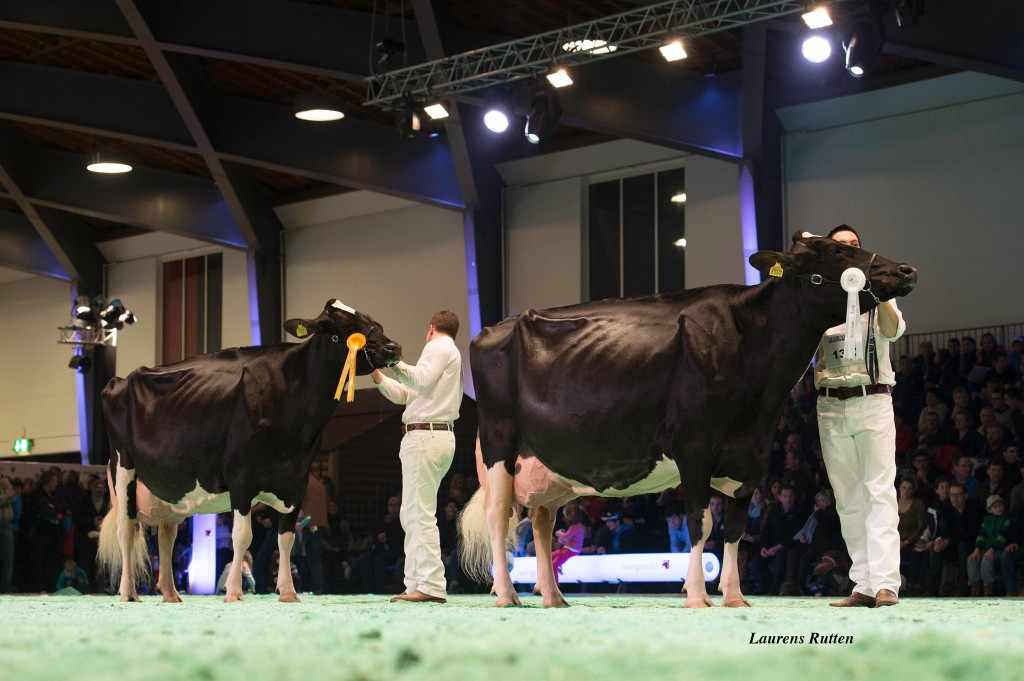
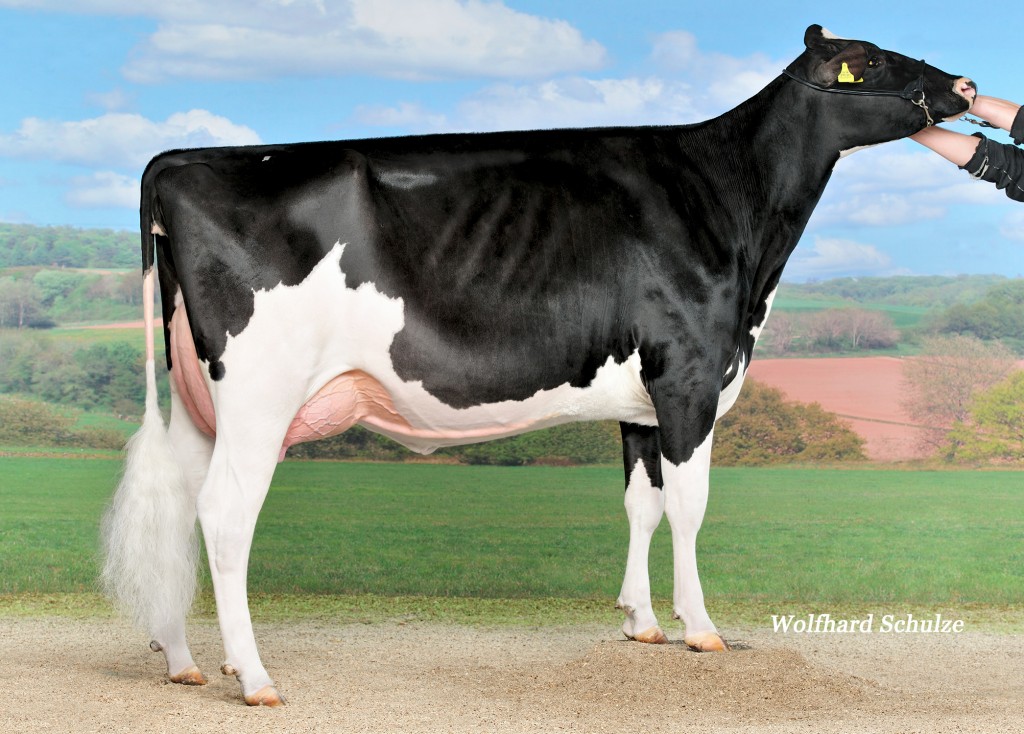
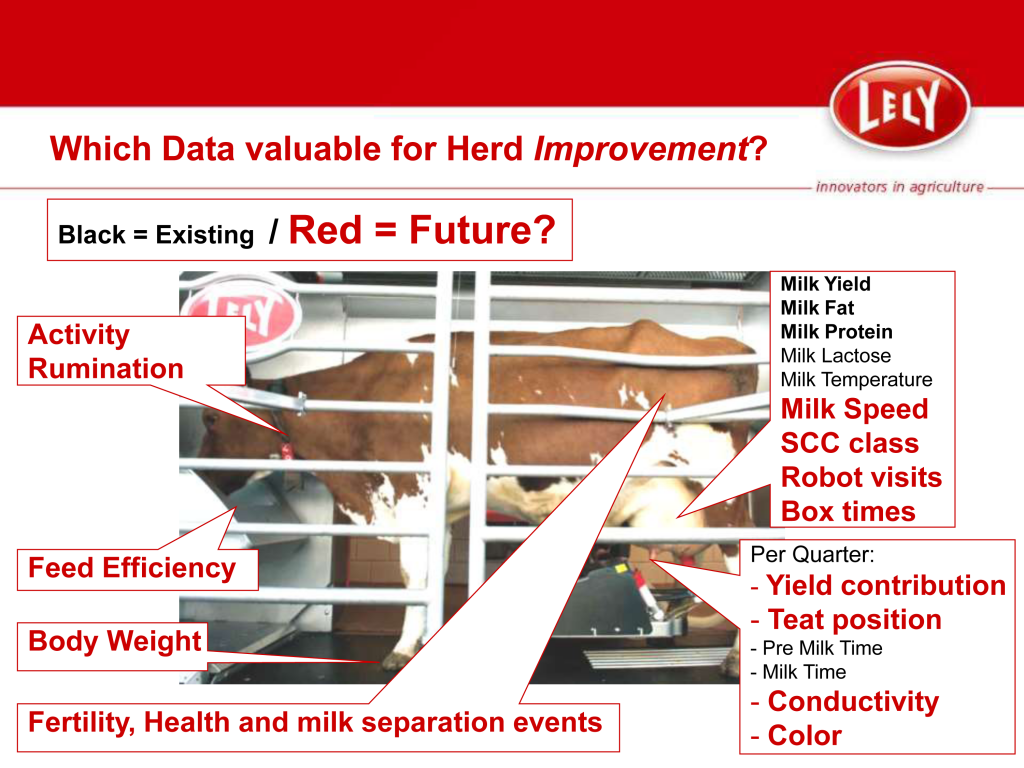




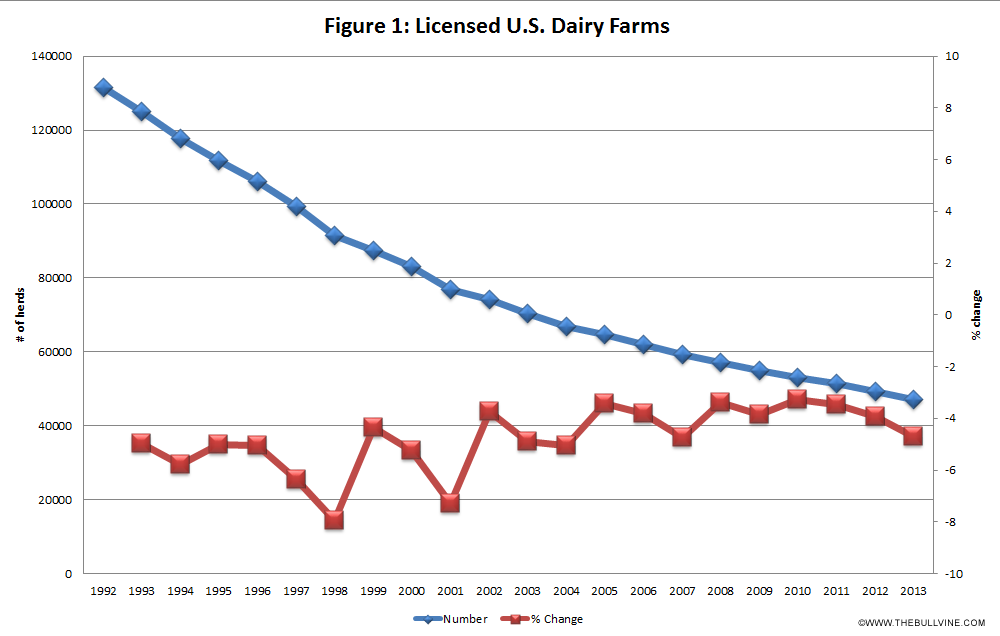

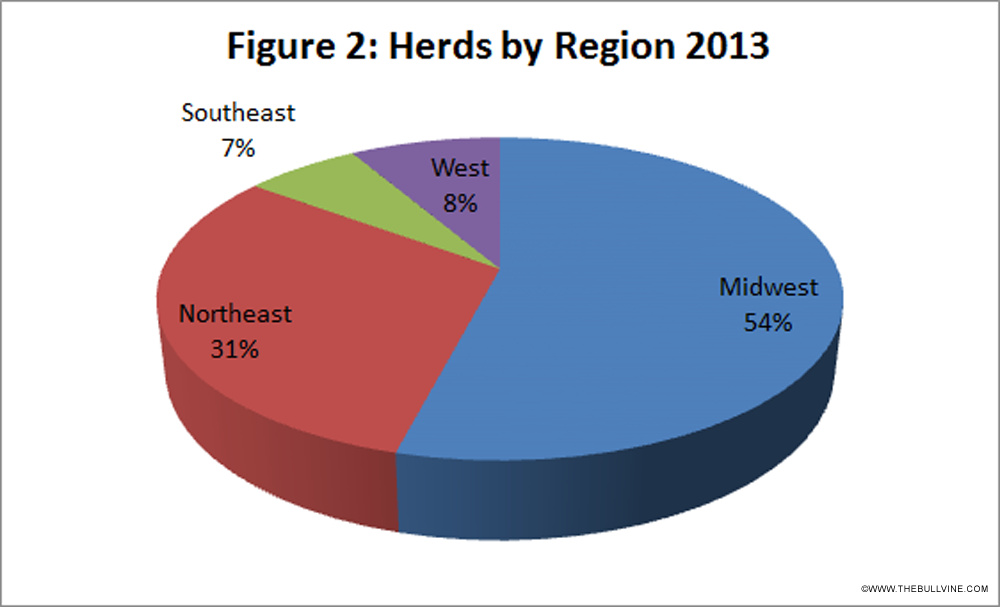
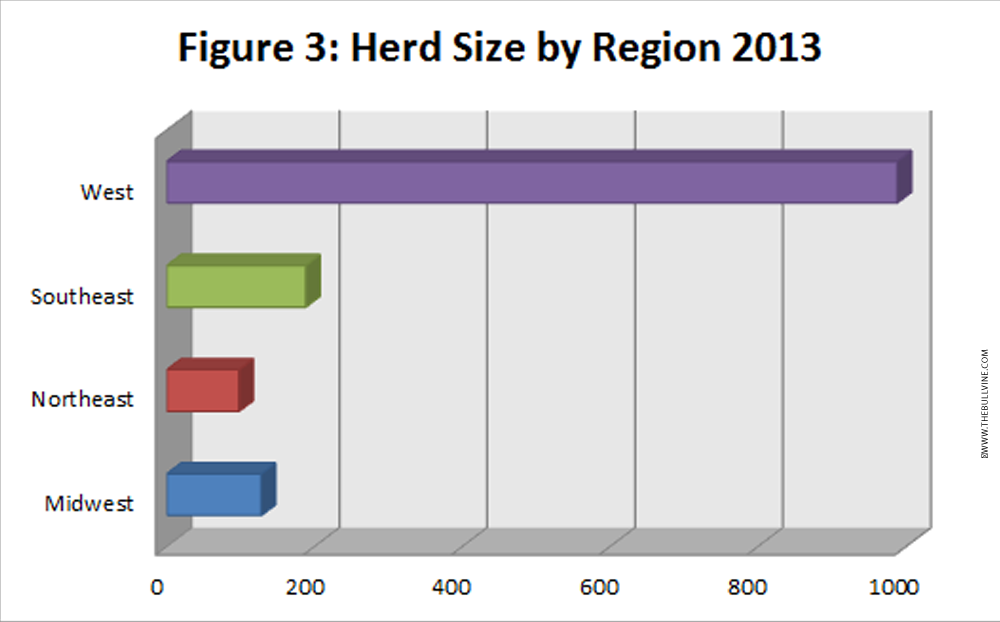

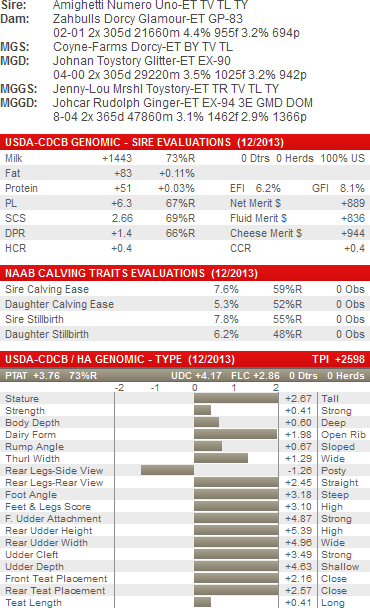 Alta1STCLASS
Alta1STCLASS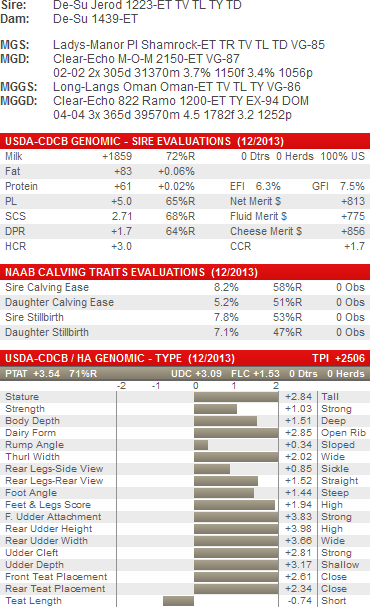 RAMBO
RAMBO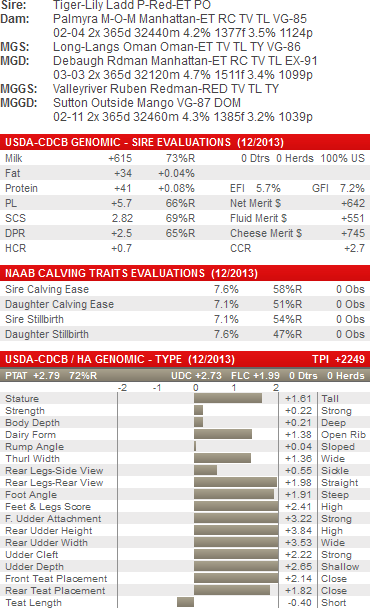 LADD MAN
LADD MAN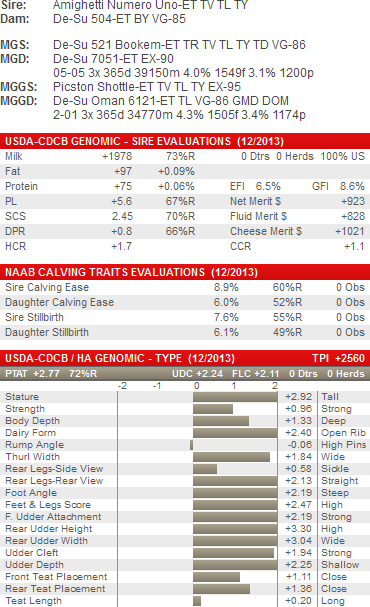 OCTAVIAN
OCTAVIAN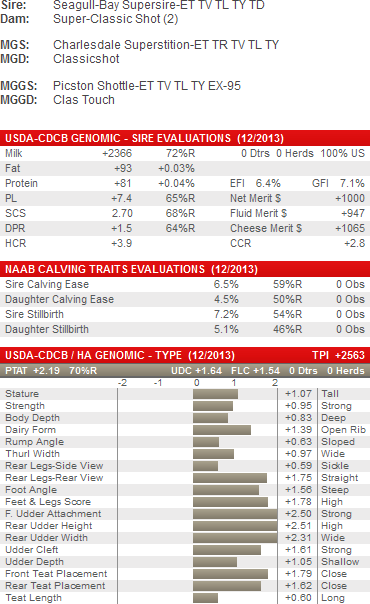 SUPERSHOT
SUPERSHOT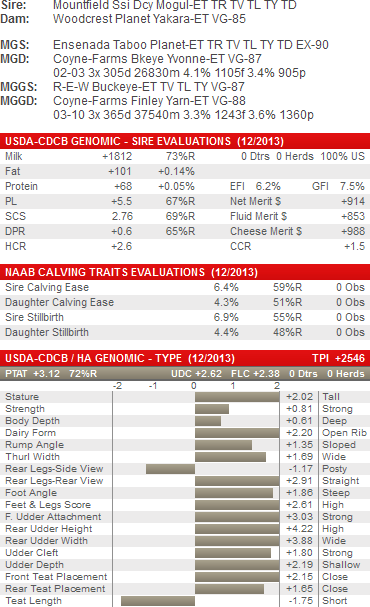 YODER
YODER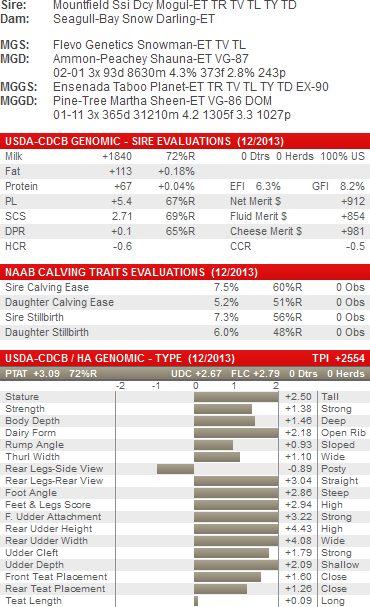 SILVER
SILVER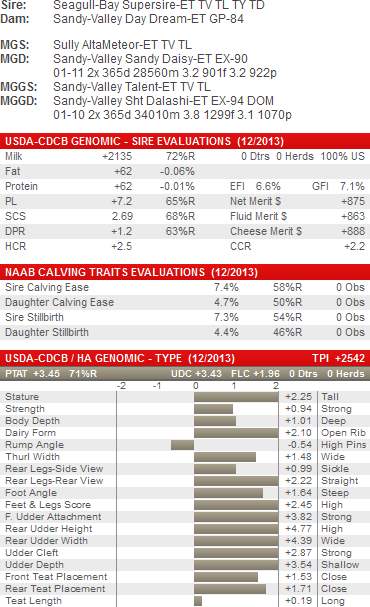 DREAMWEAVER
DREAMWEAVER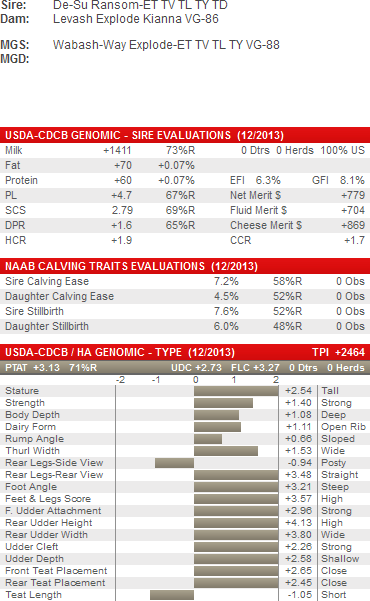 KOBRA
KOBRA
![keep_kids_away_warning[1]](https://www.thebullvine.com/wp-content/uploads/2014/03/keep_kids_away_warning1-300x219.jpg) When we go to amusement parks, we expect to be scared out of our minds as we screw up our courage to ride on the roller coasters. The blood curdling screams stick with us long after we return with our little ones to the safety of the family farm. However, those very children are statistically more likely to be killed on the farm than at the amusement park. The worst part of this statistic is that we seem to be oblivious to the very real danger presented by the equipment we have driven and shared rides on for generations.
When we go to amusement parks, we expect to be scared out of our minds as we screw up our courage to ride on the roller coasters. The blood curdling screams stick with us long after we return with our little ones to the safety of the family farm. However, those very children are statistically more likely to be killed on the farm than at the amusement park. The worst part of this statistic is that we seem to be oblivious to the very real danger presented by the equipment we have driven and shared rides on for generations.